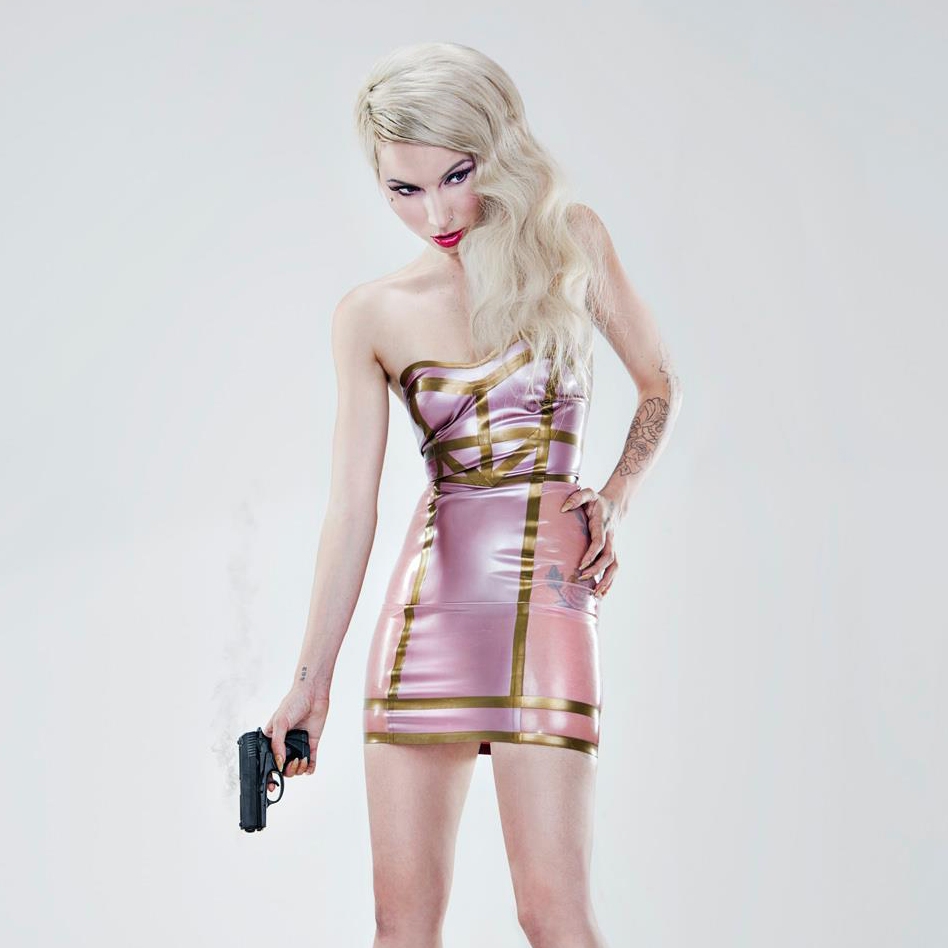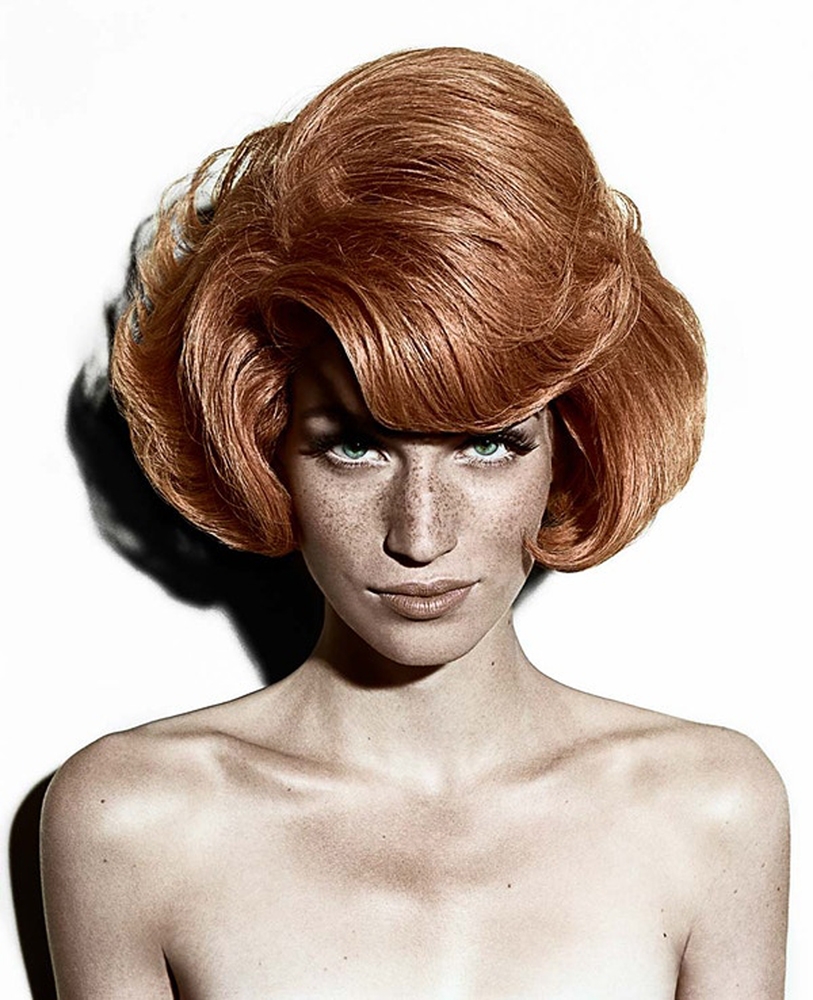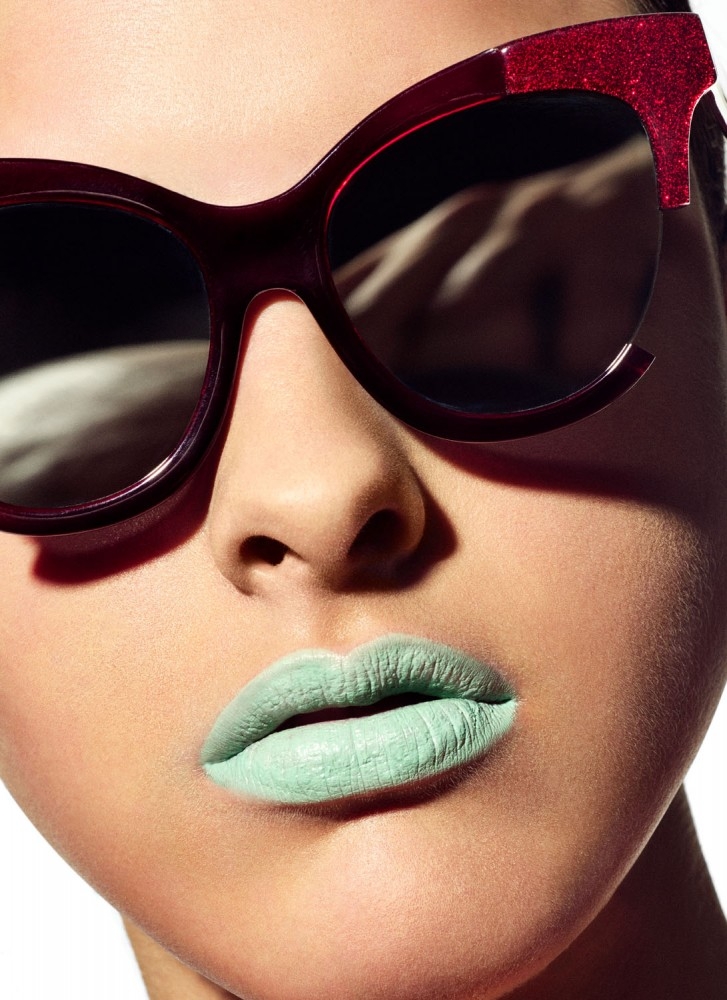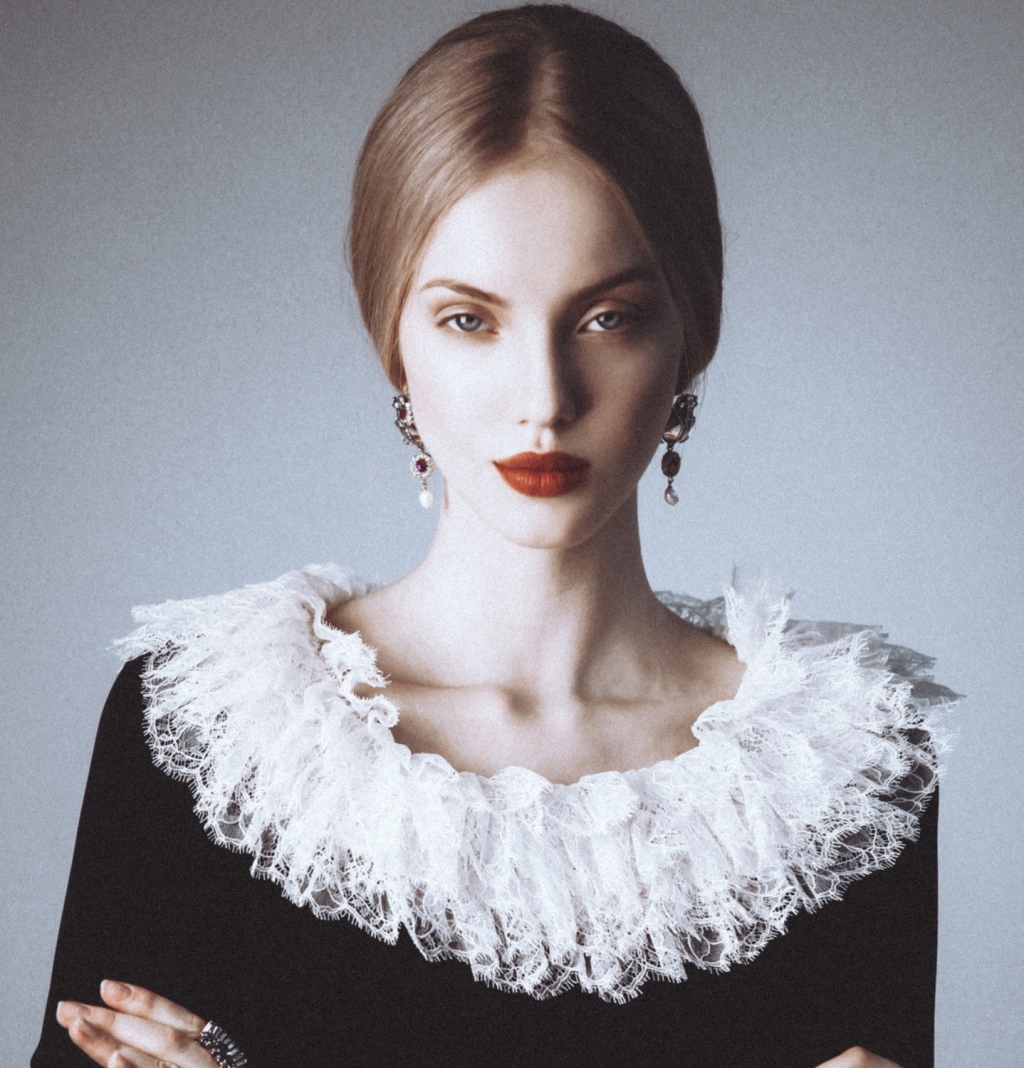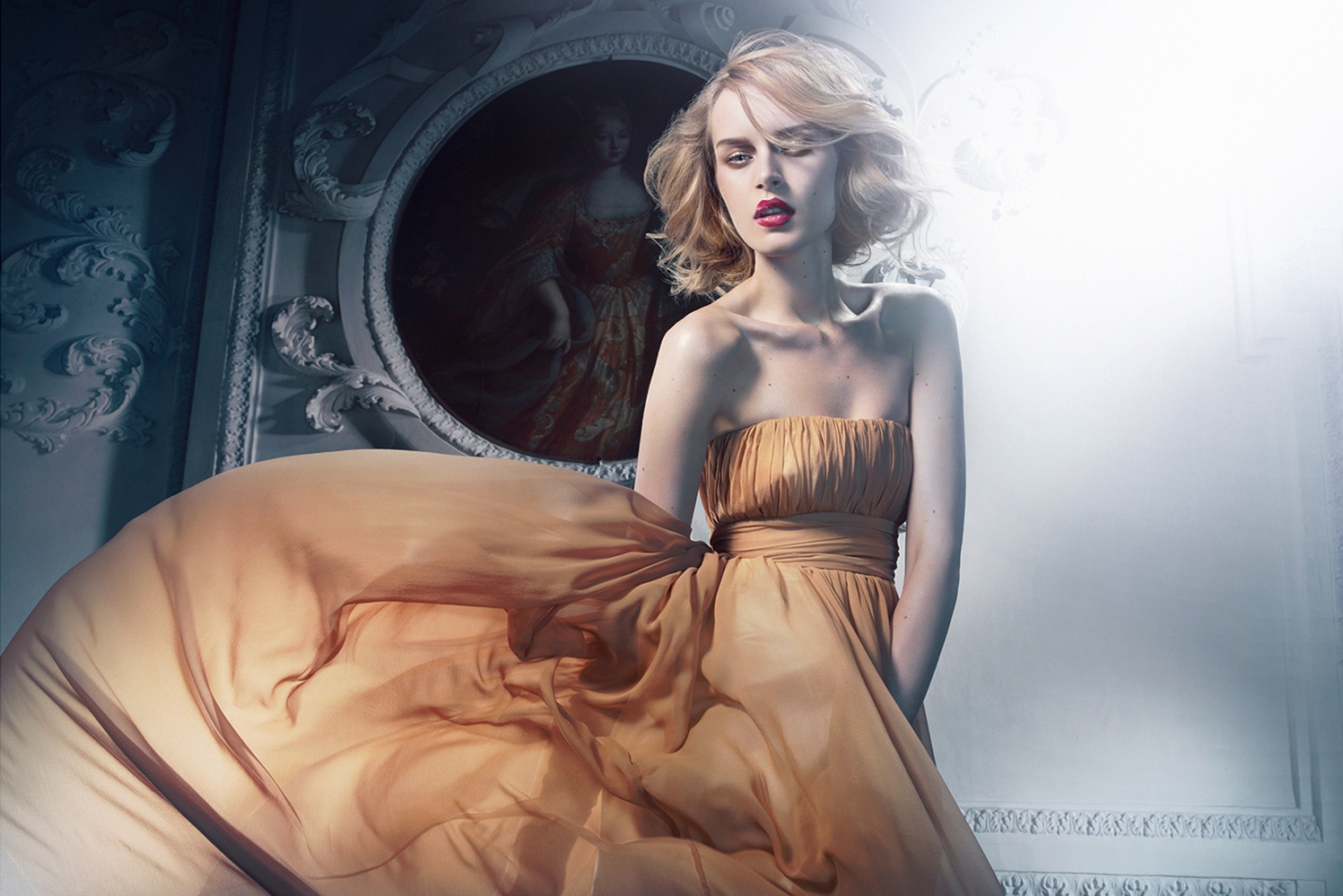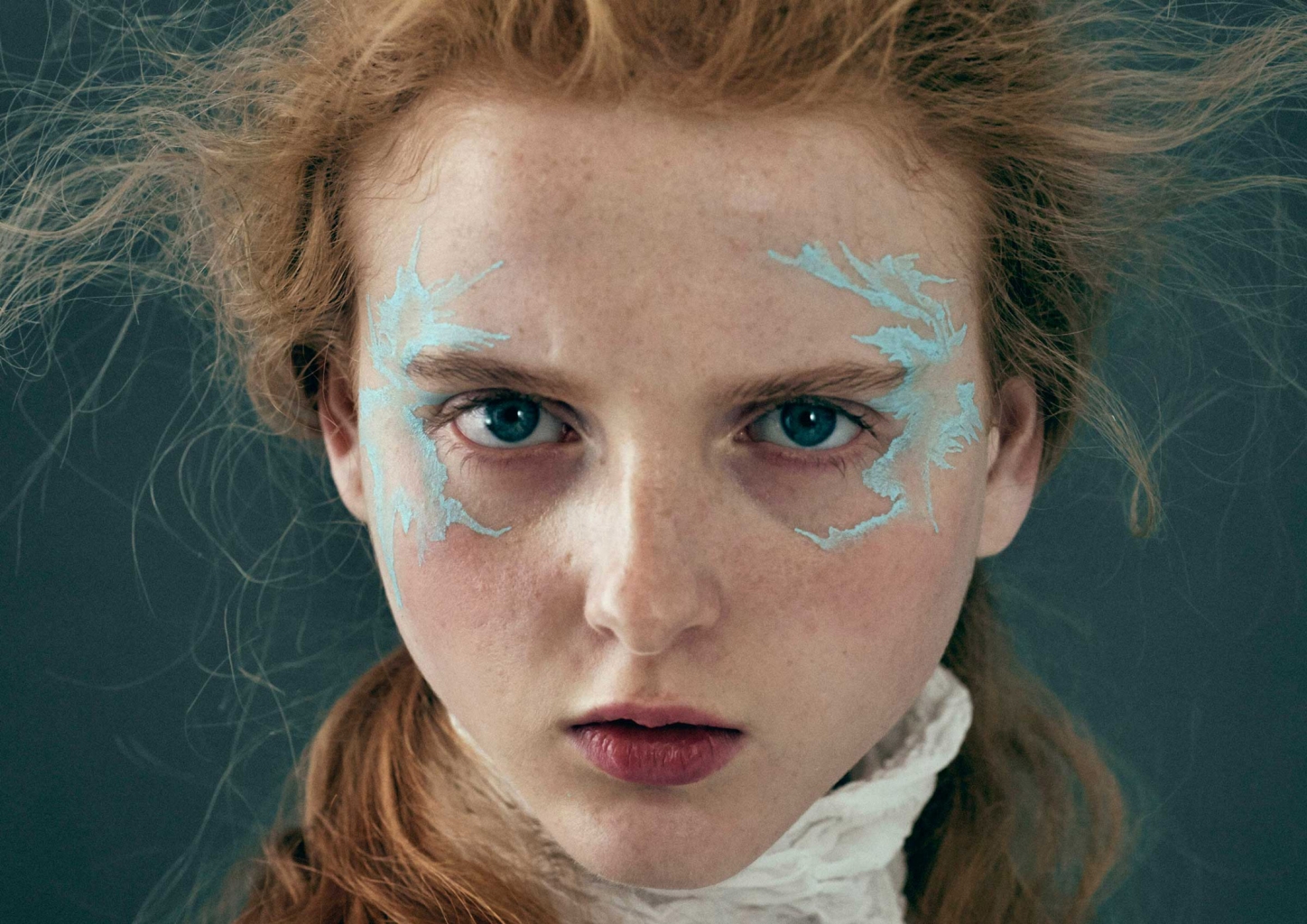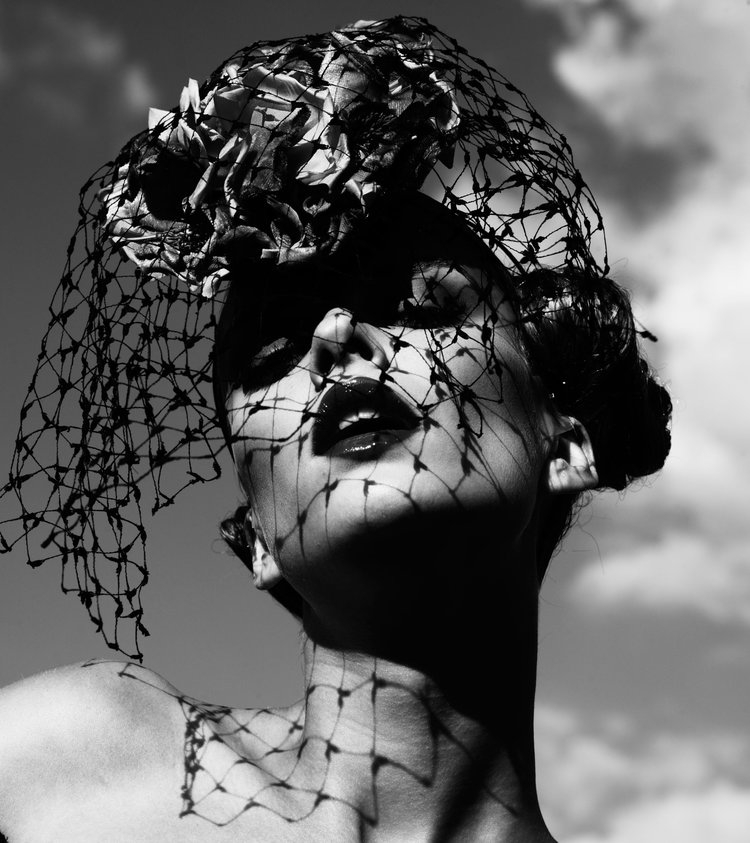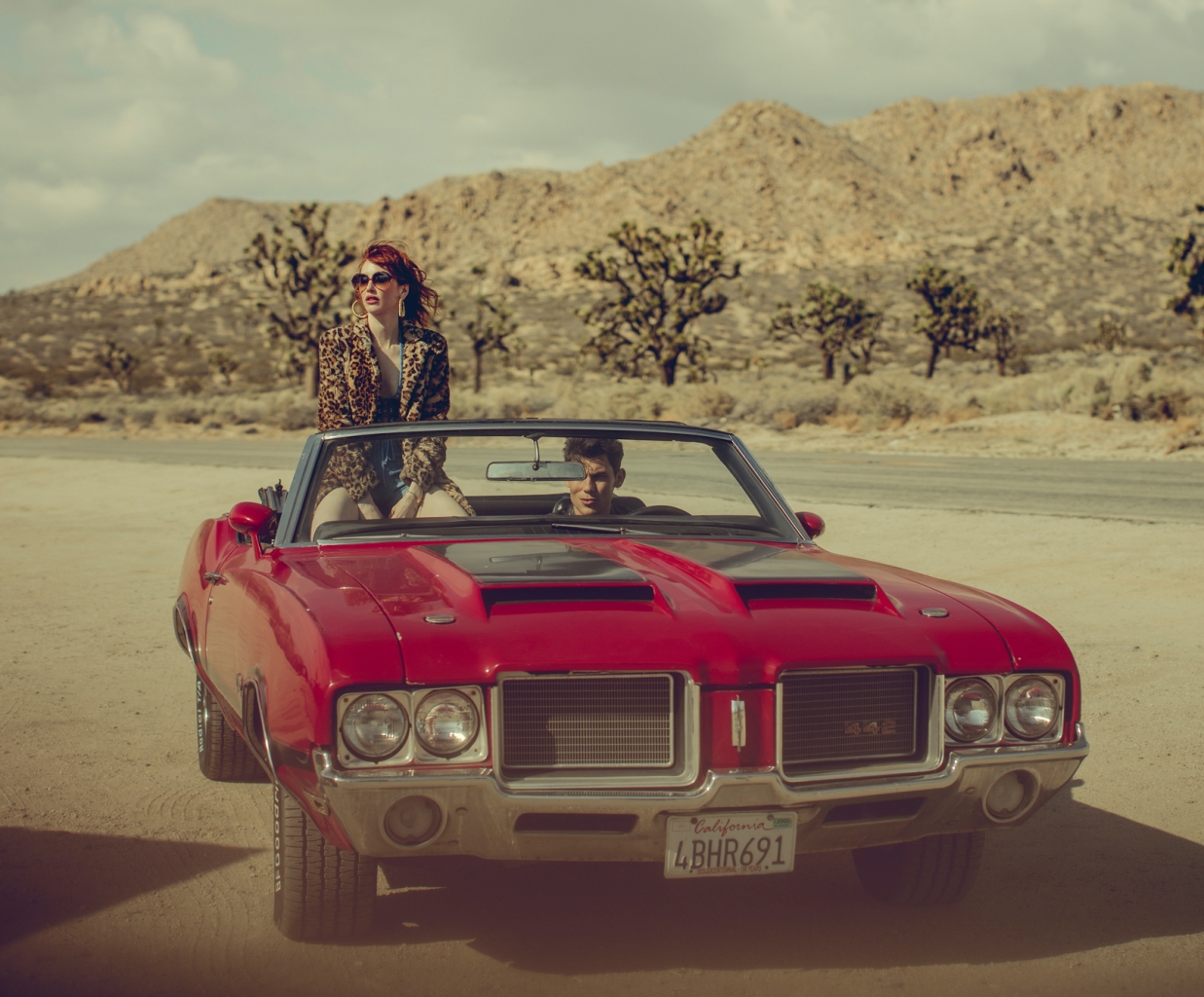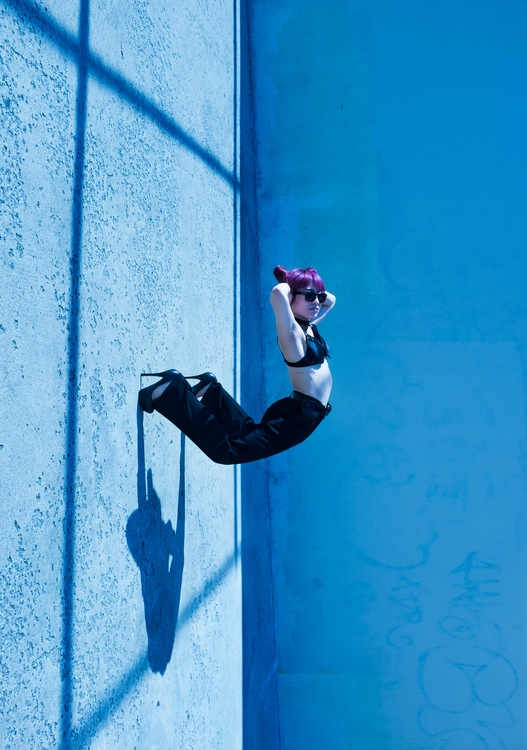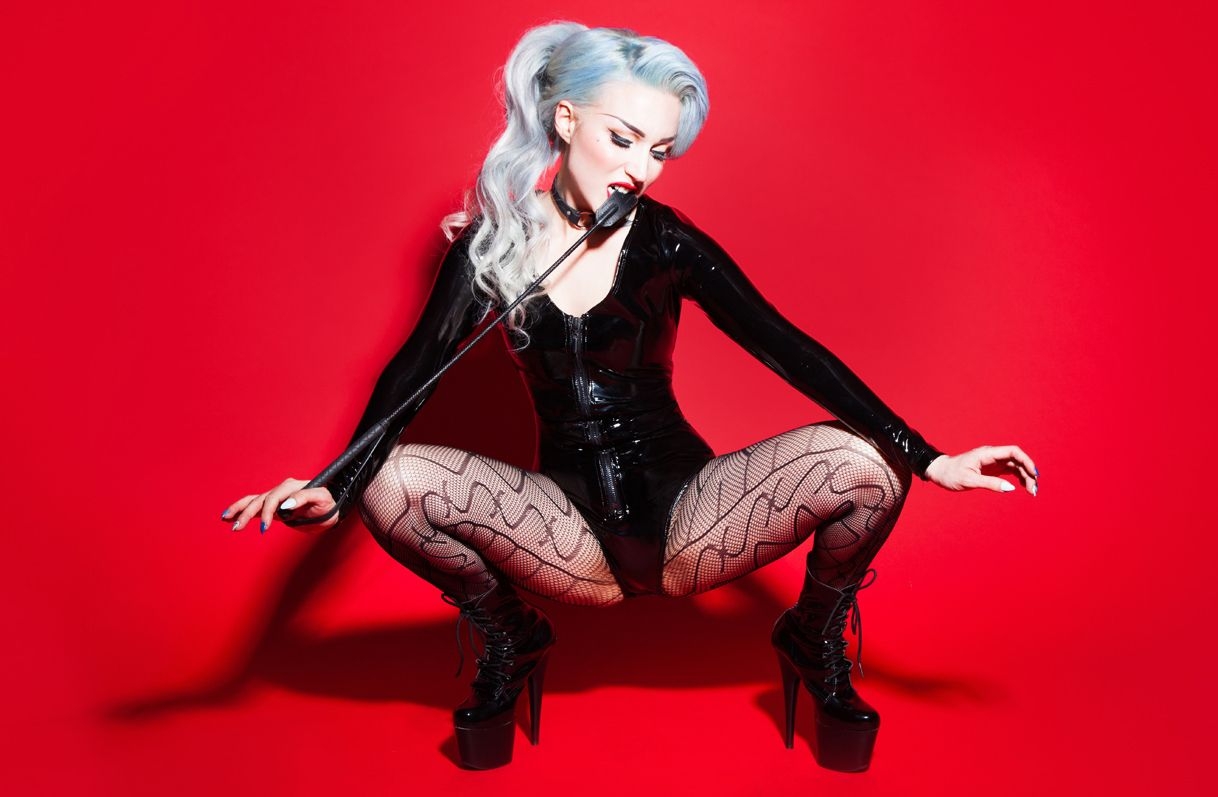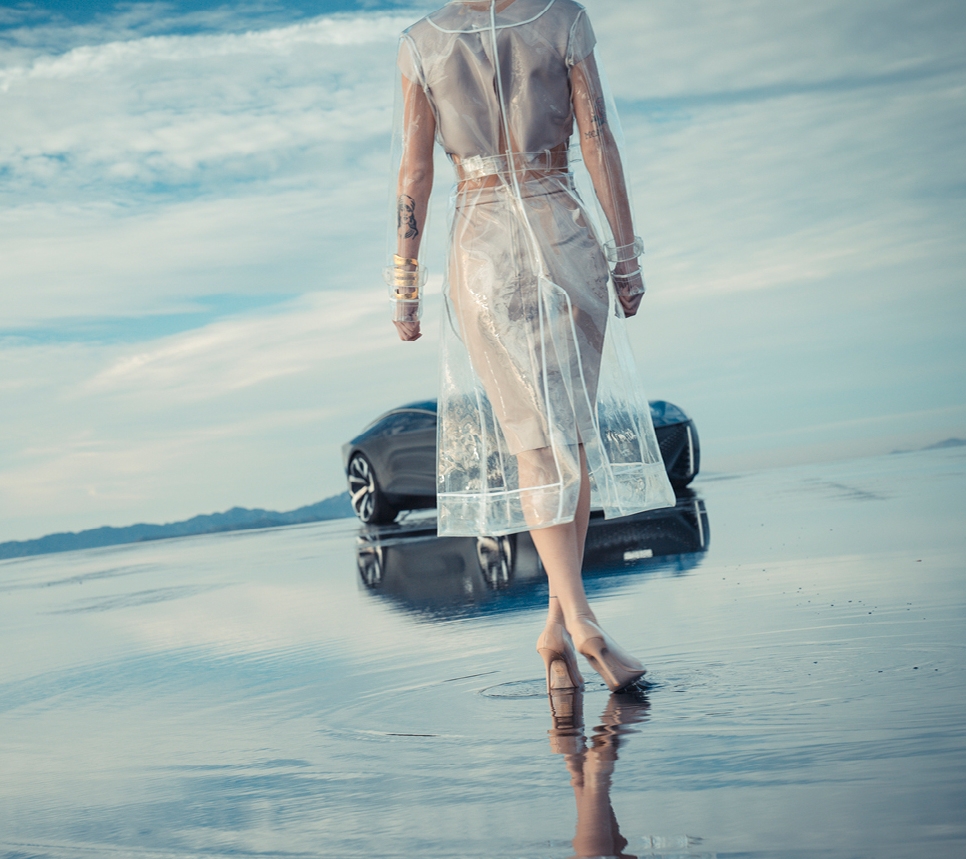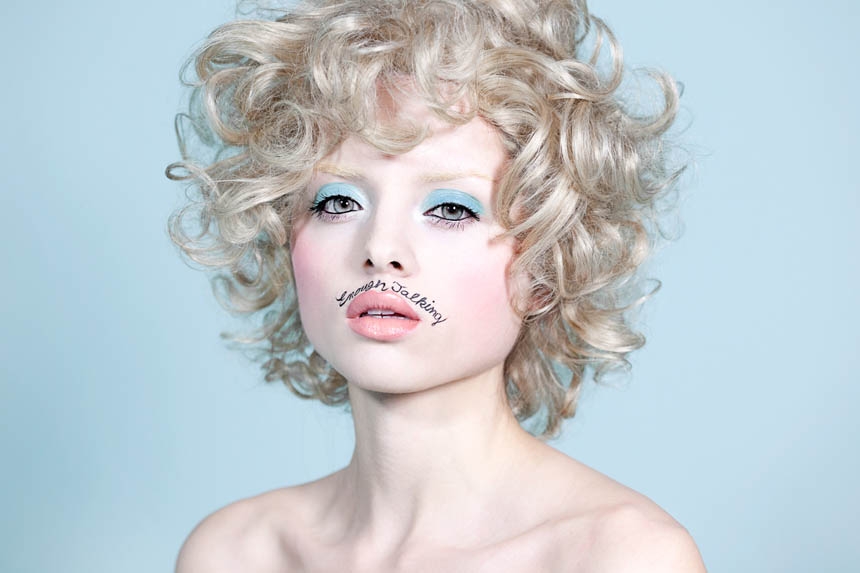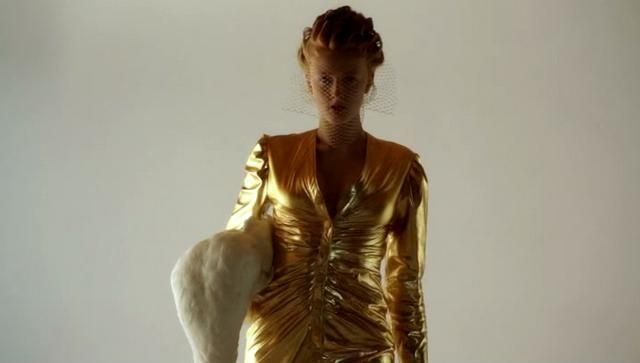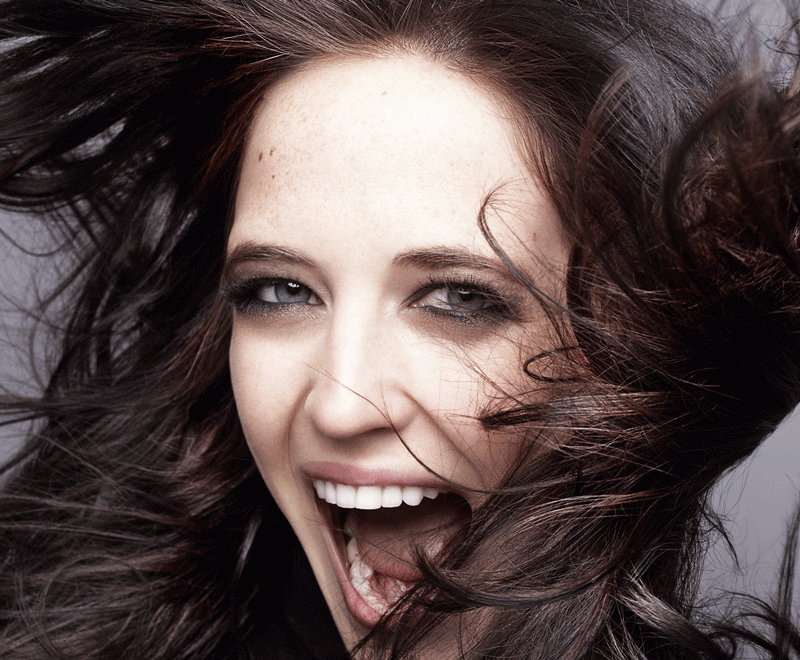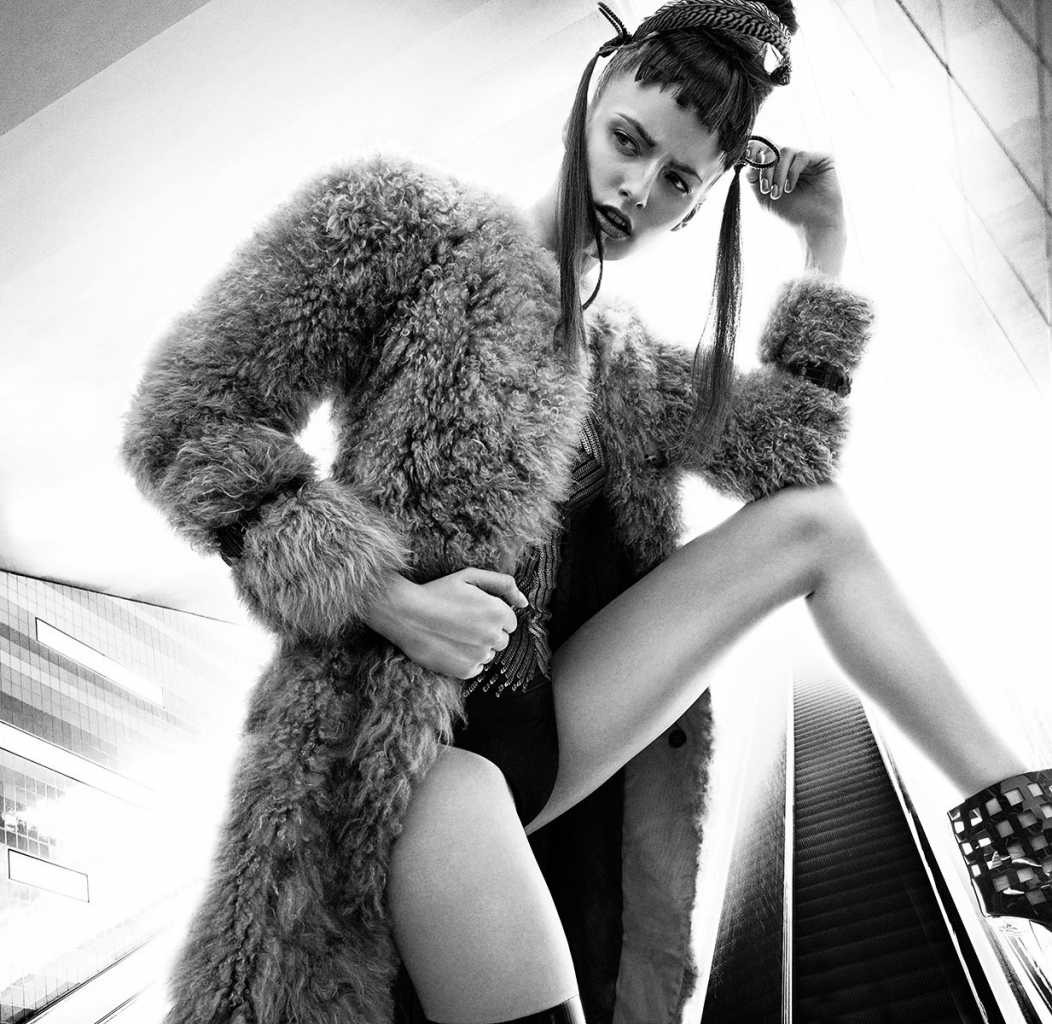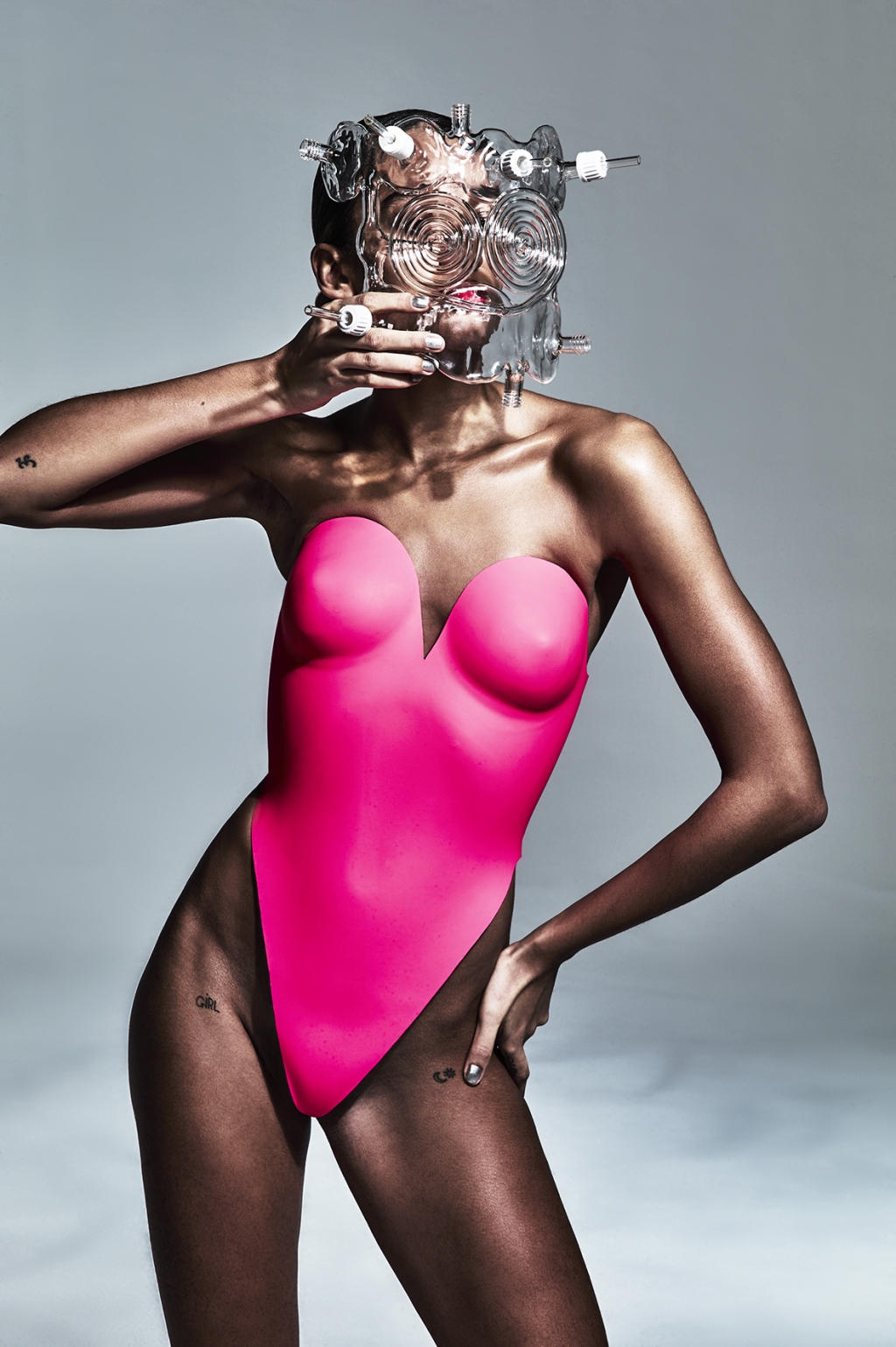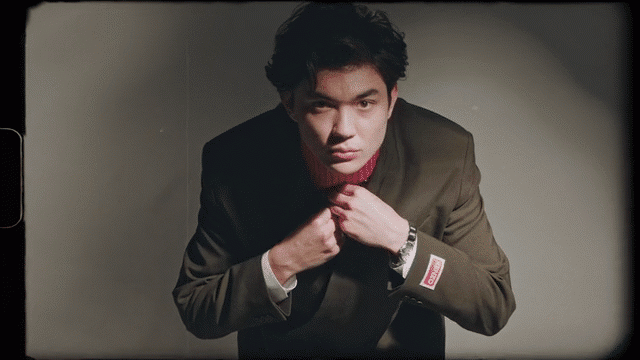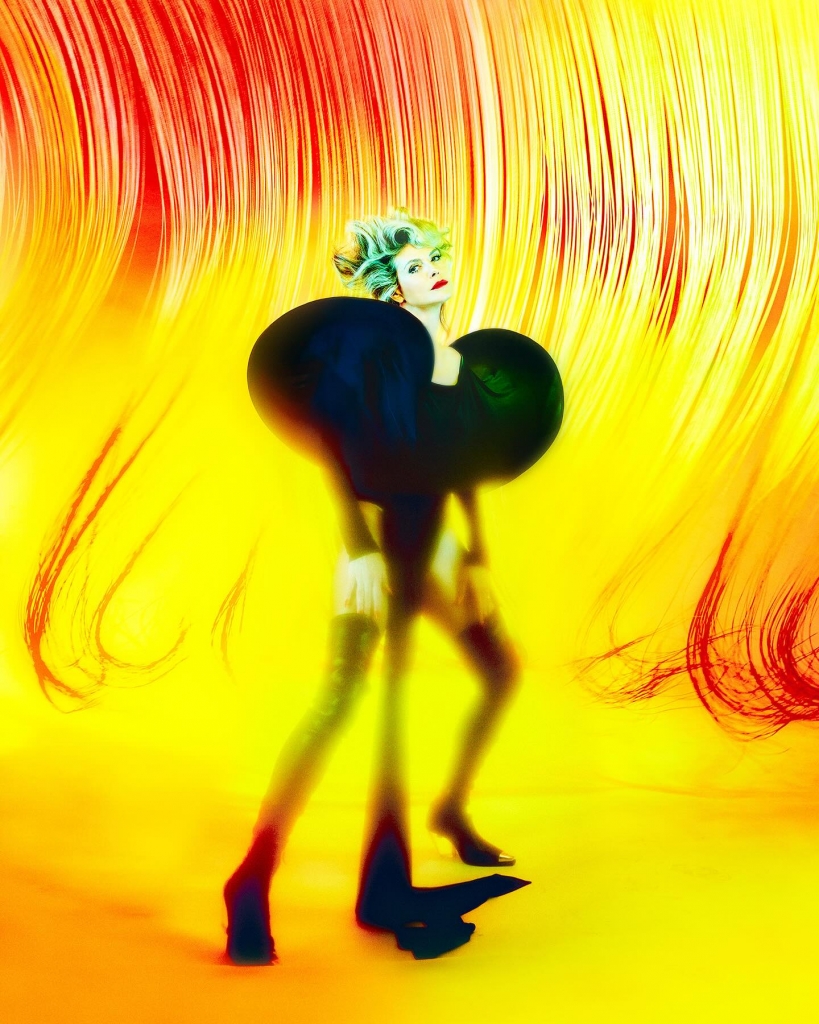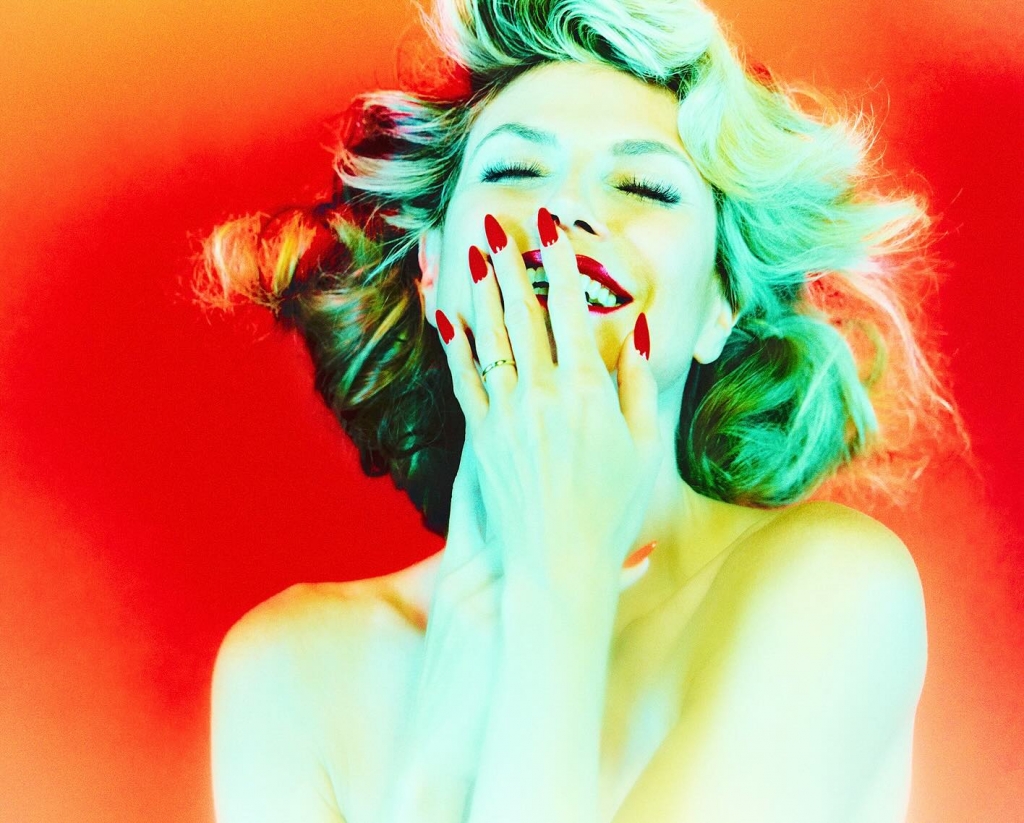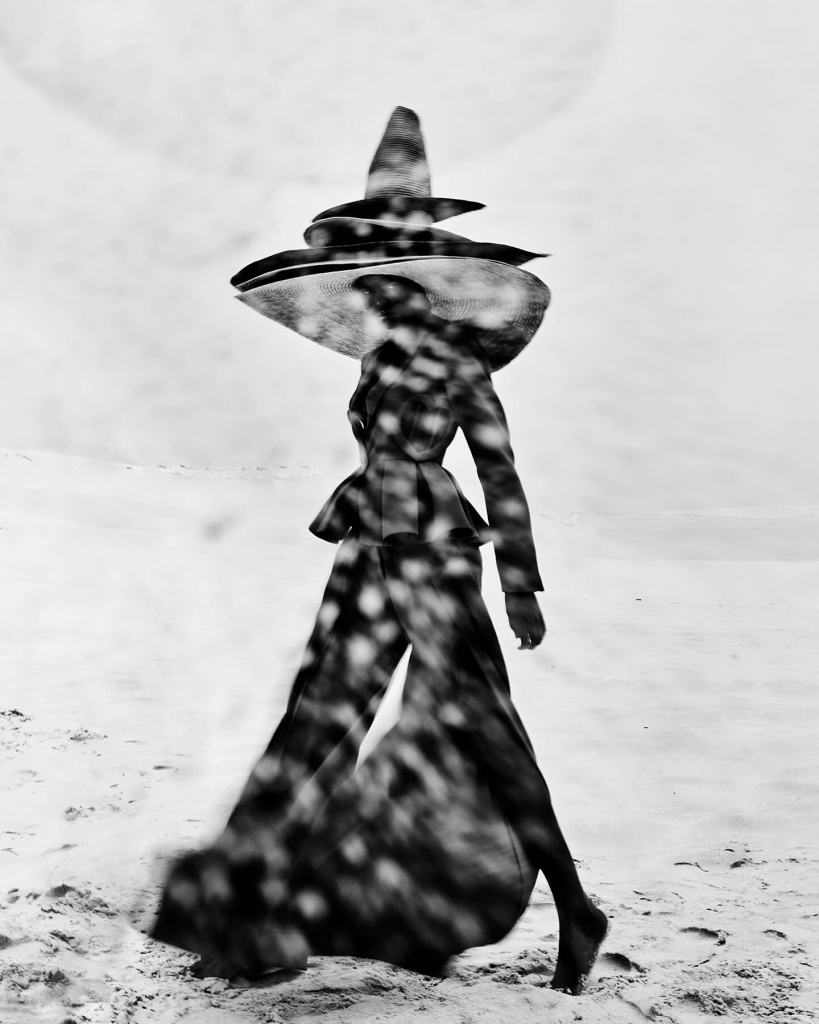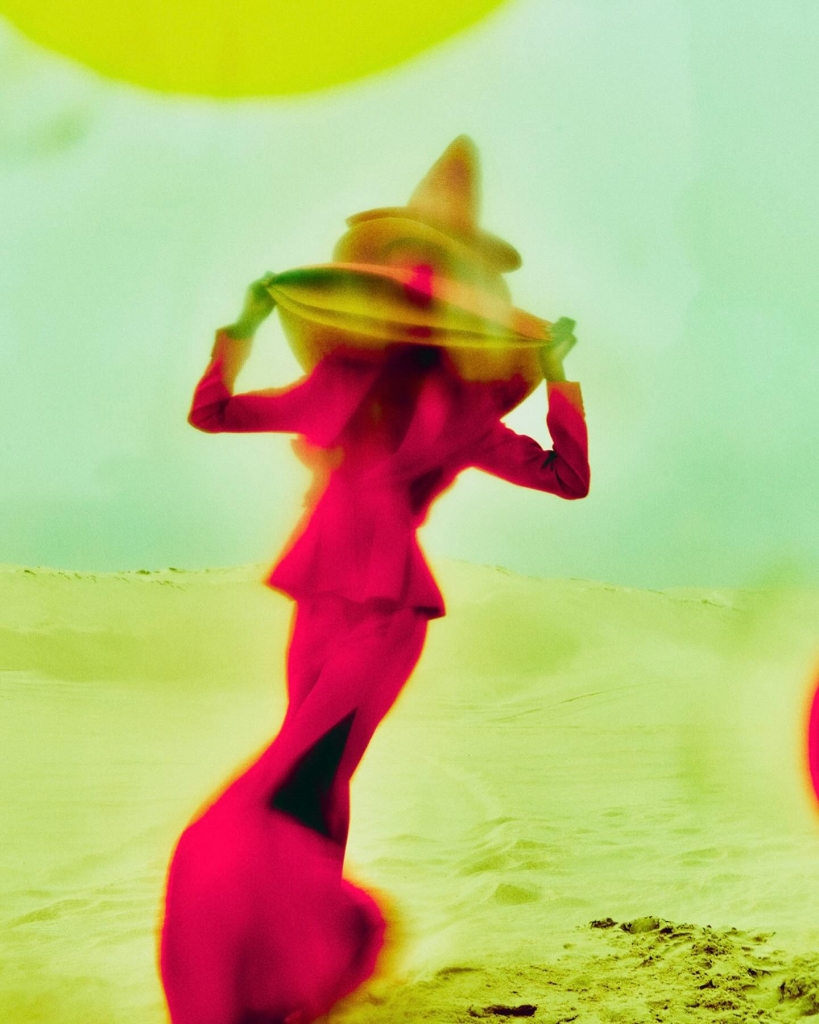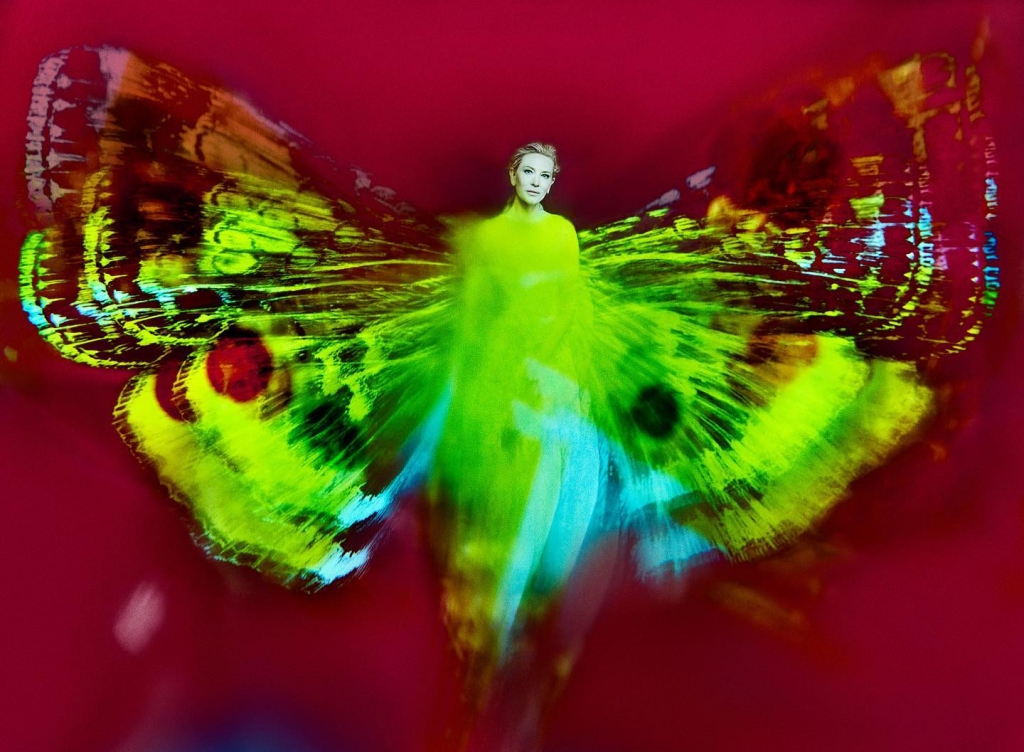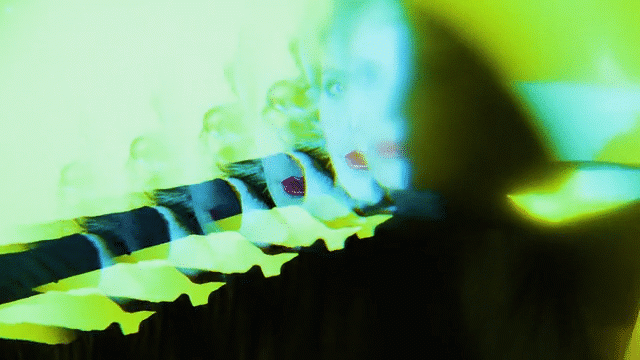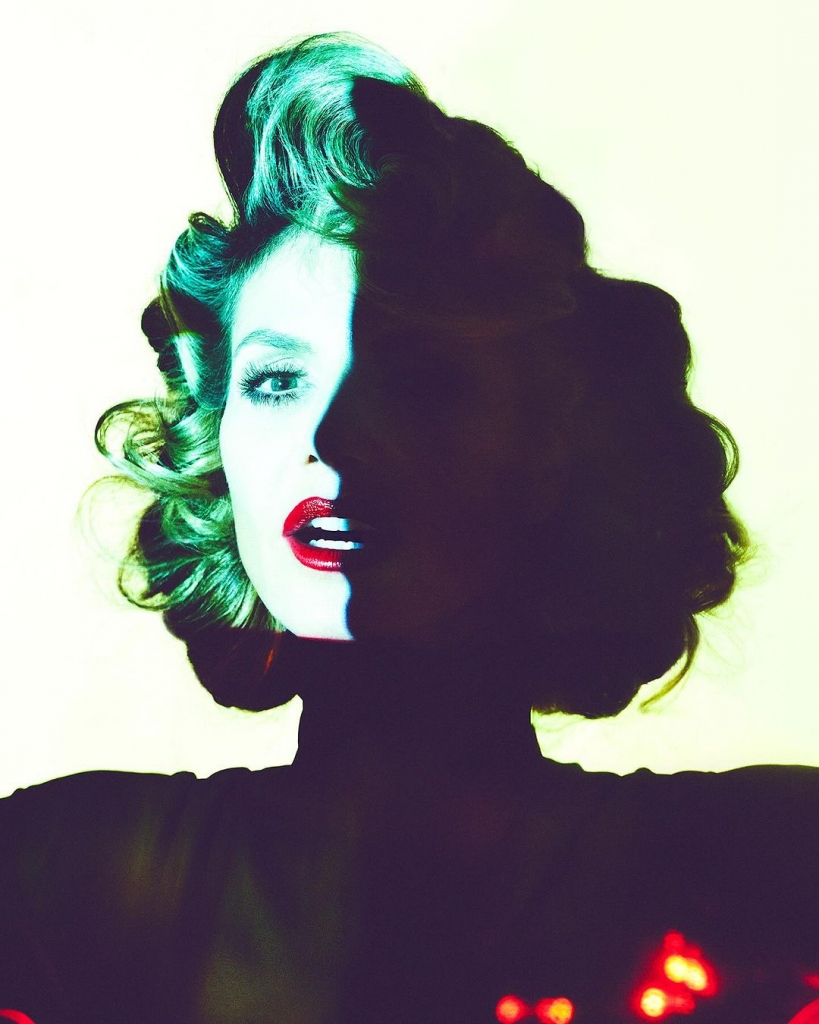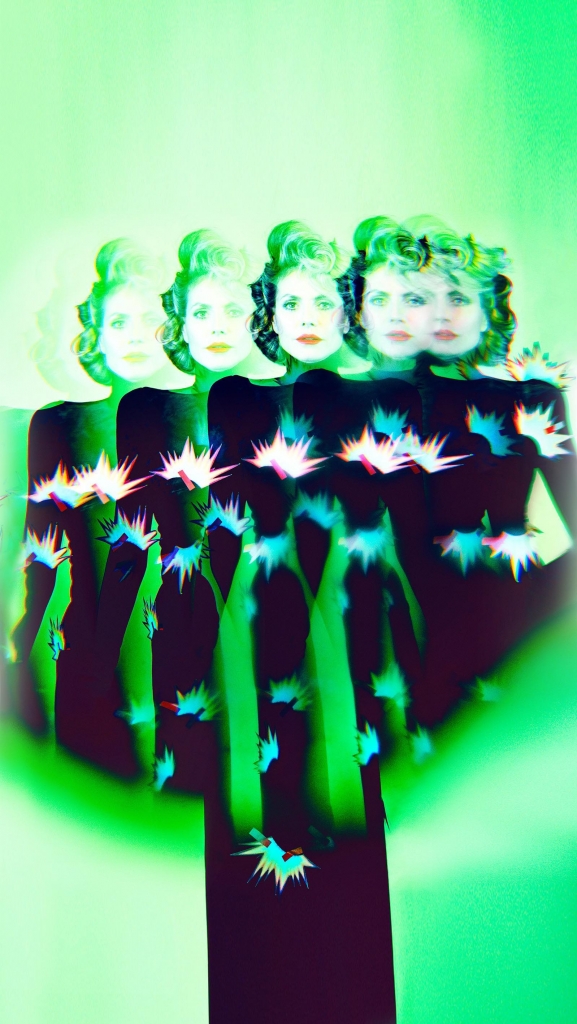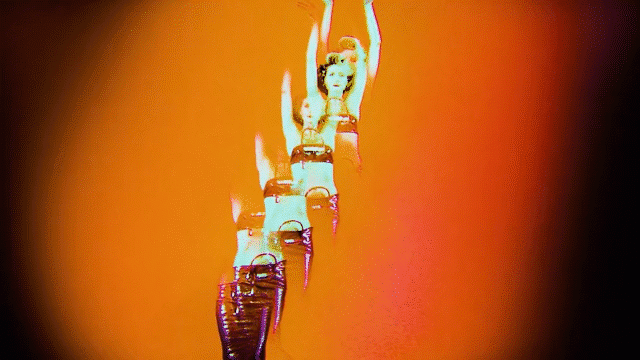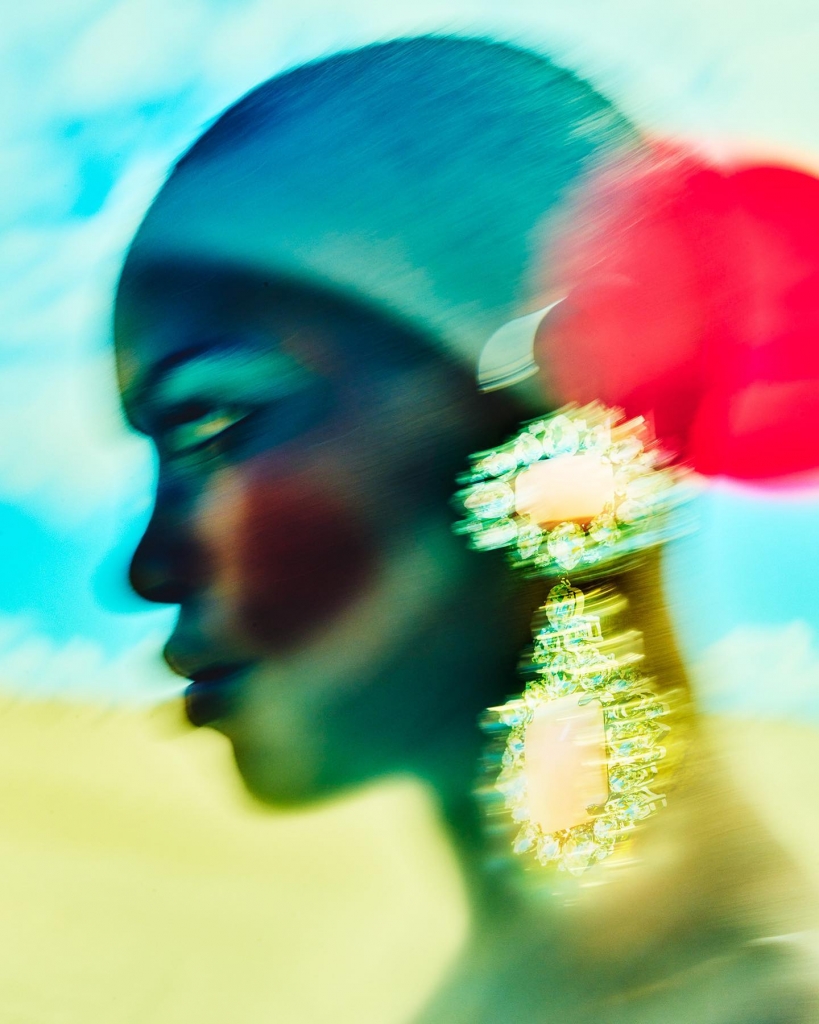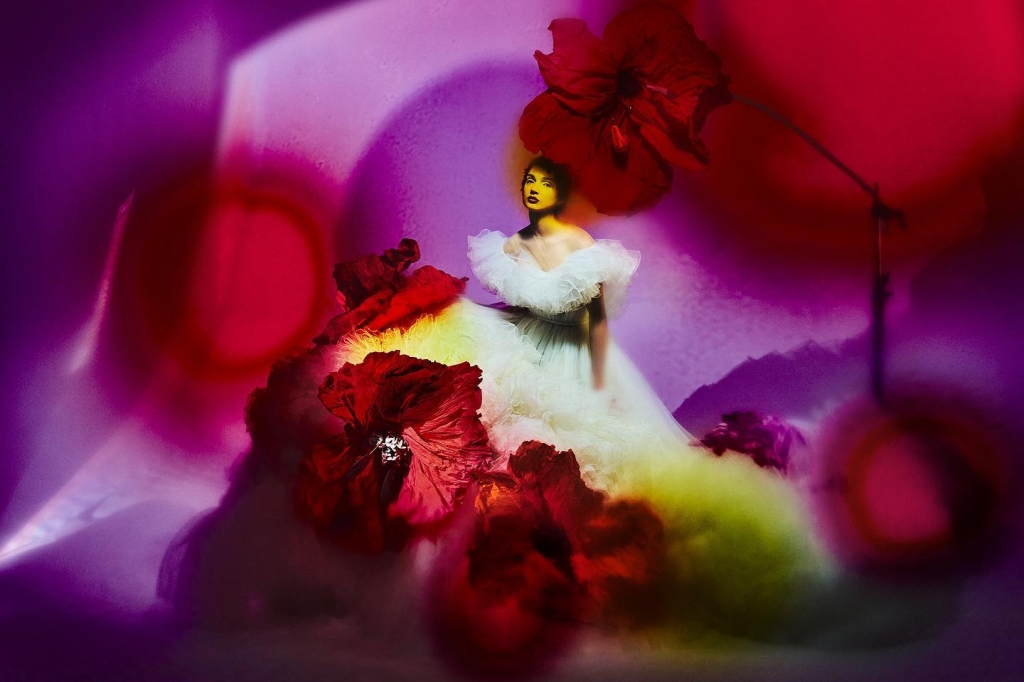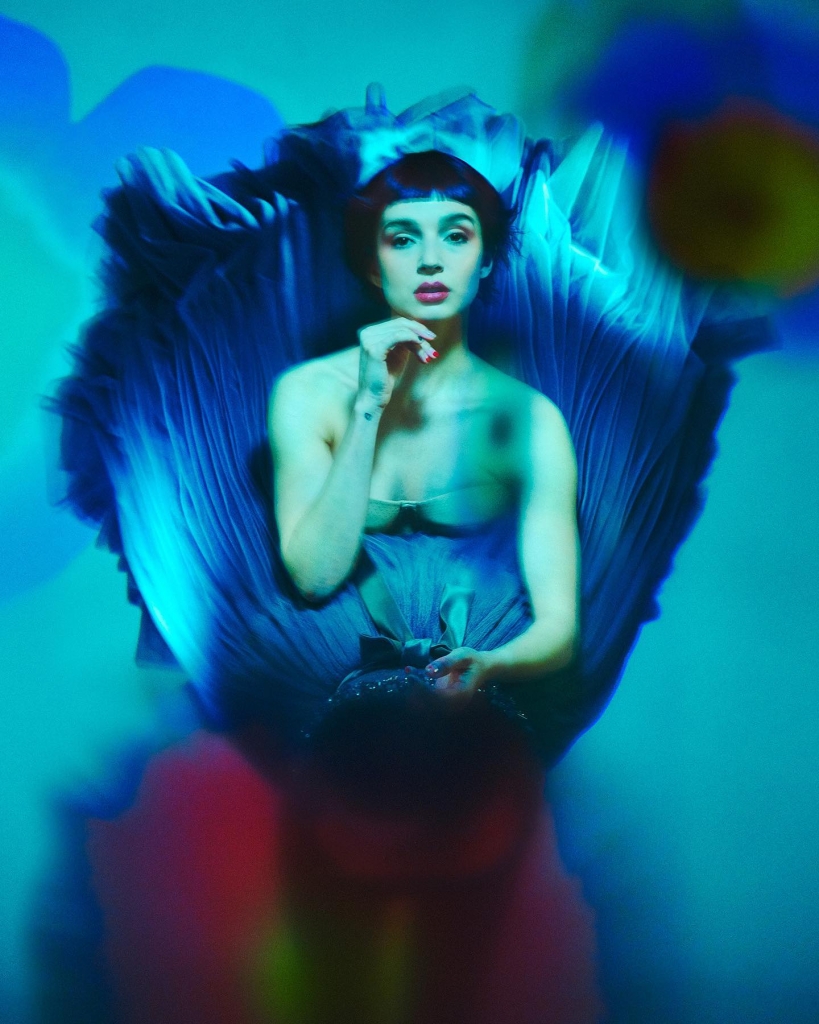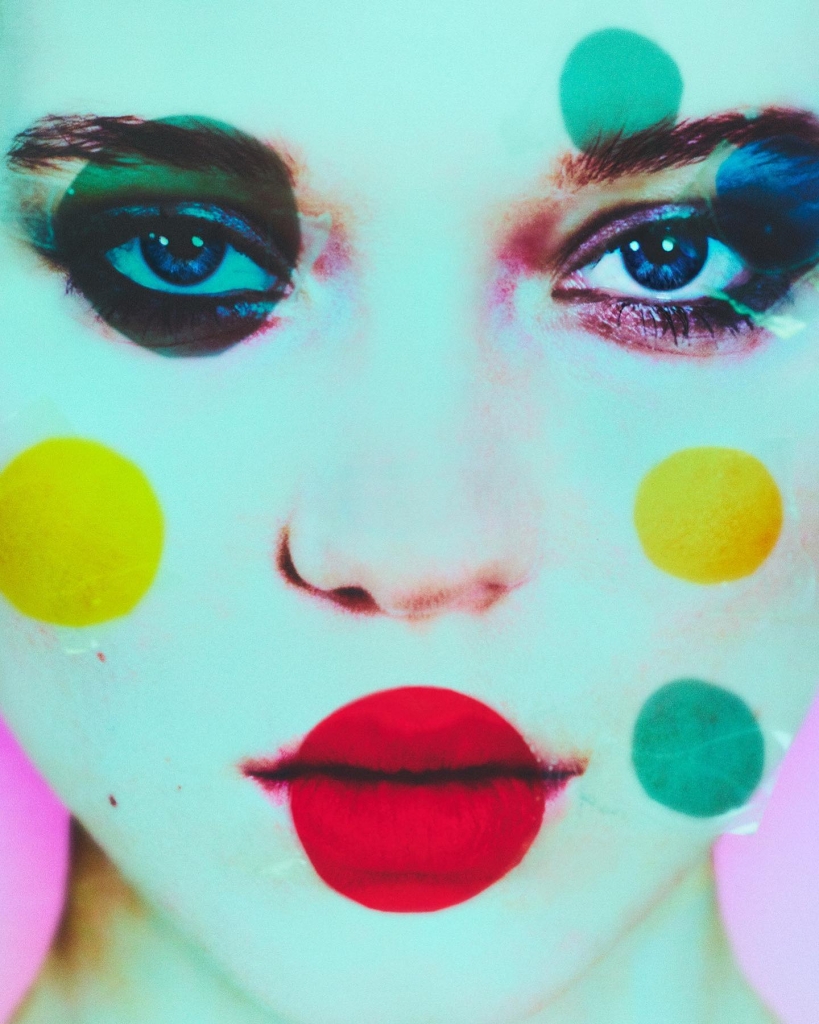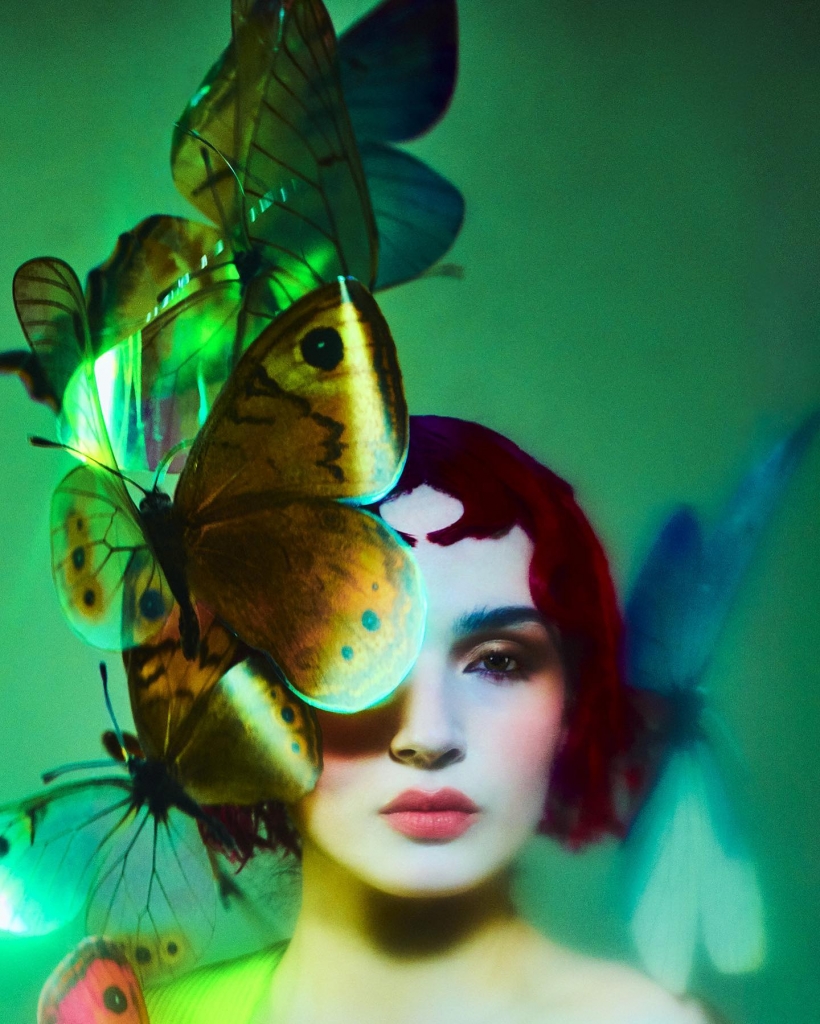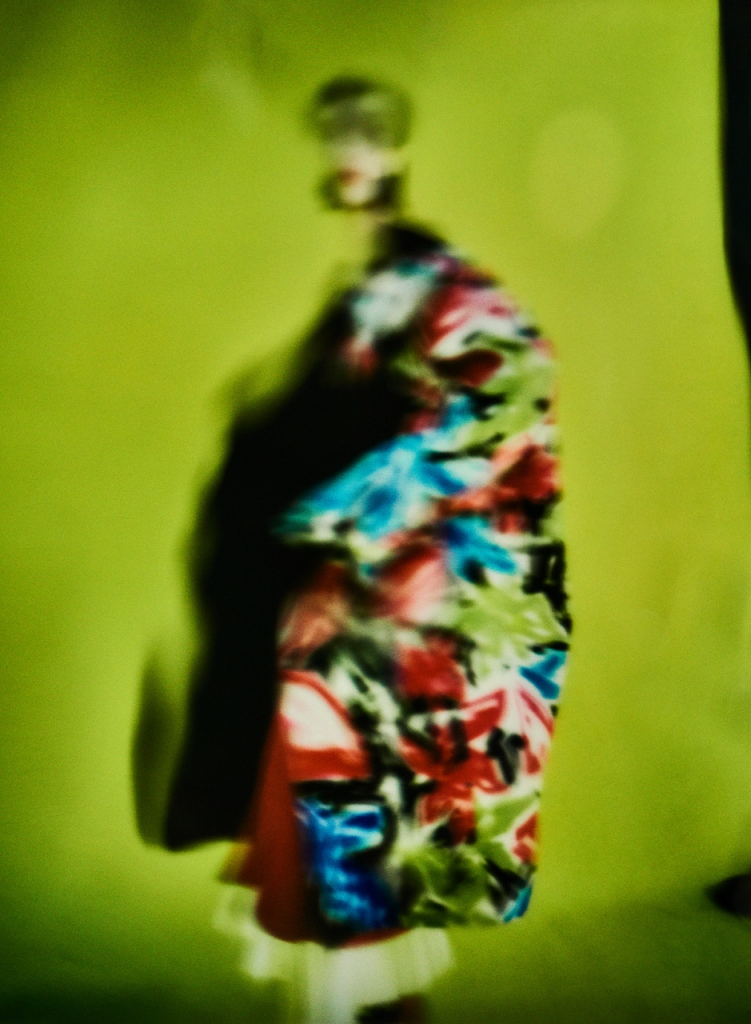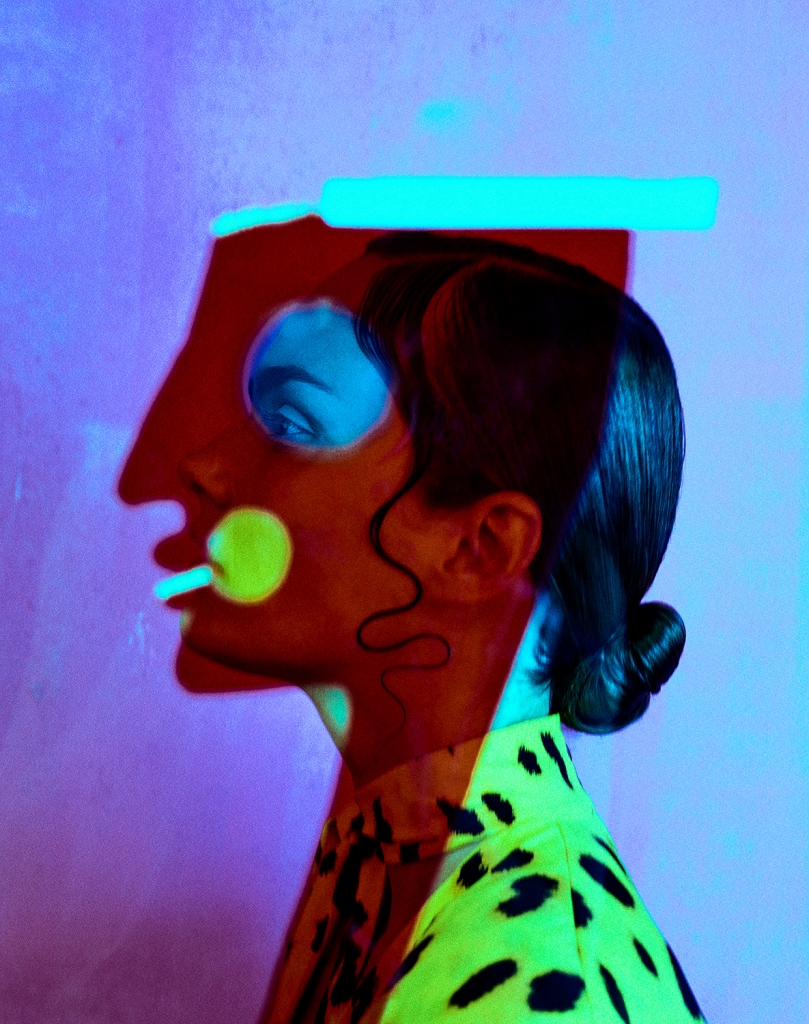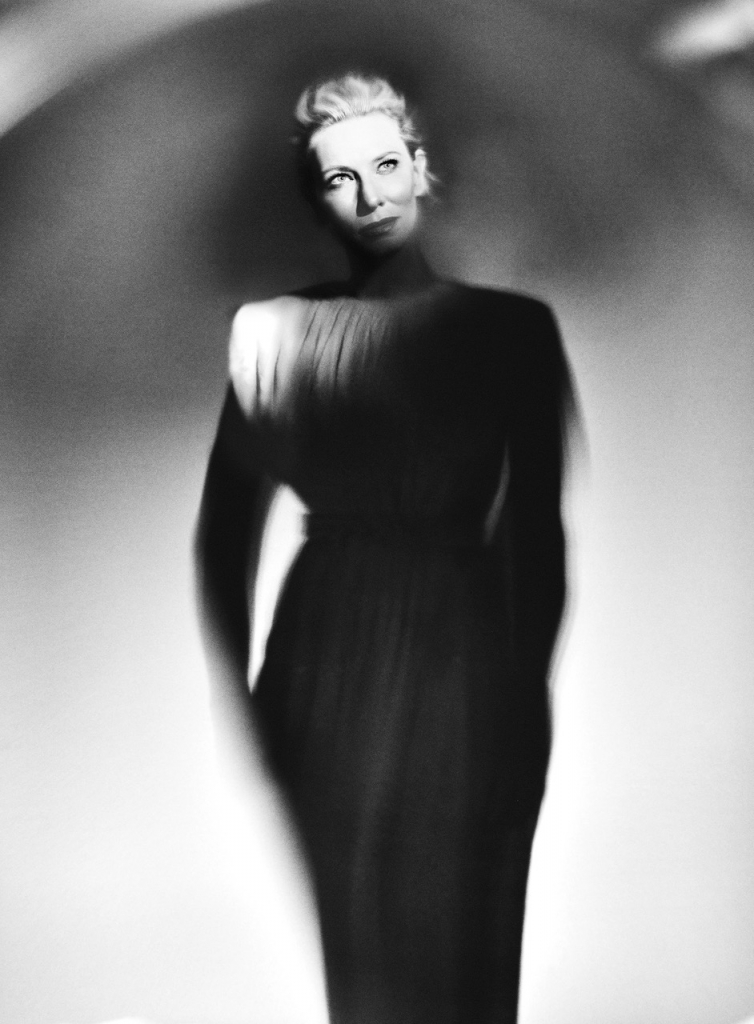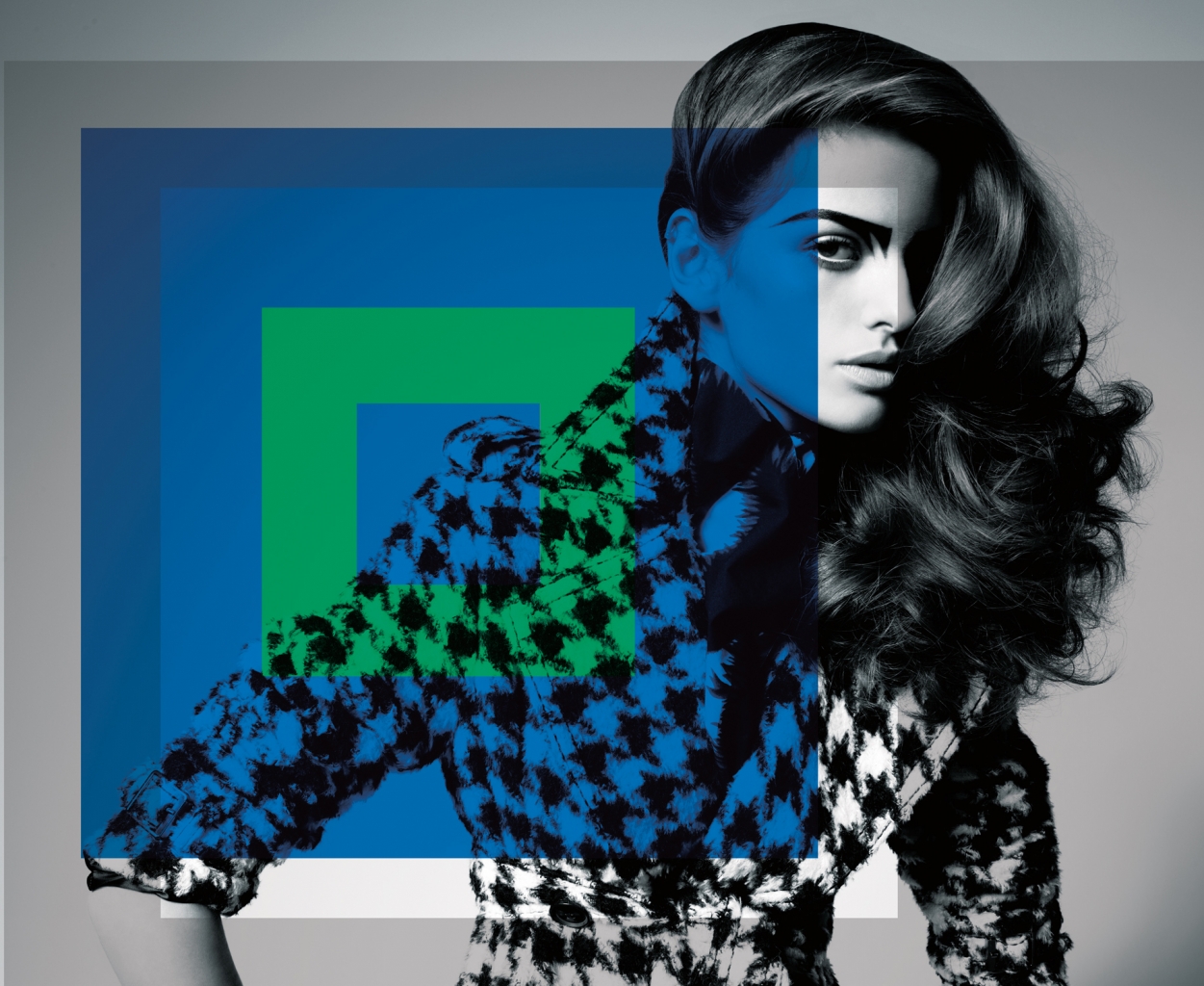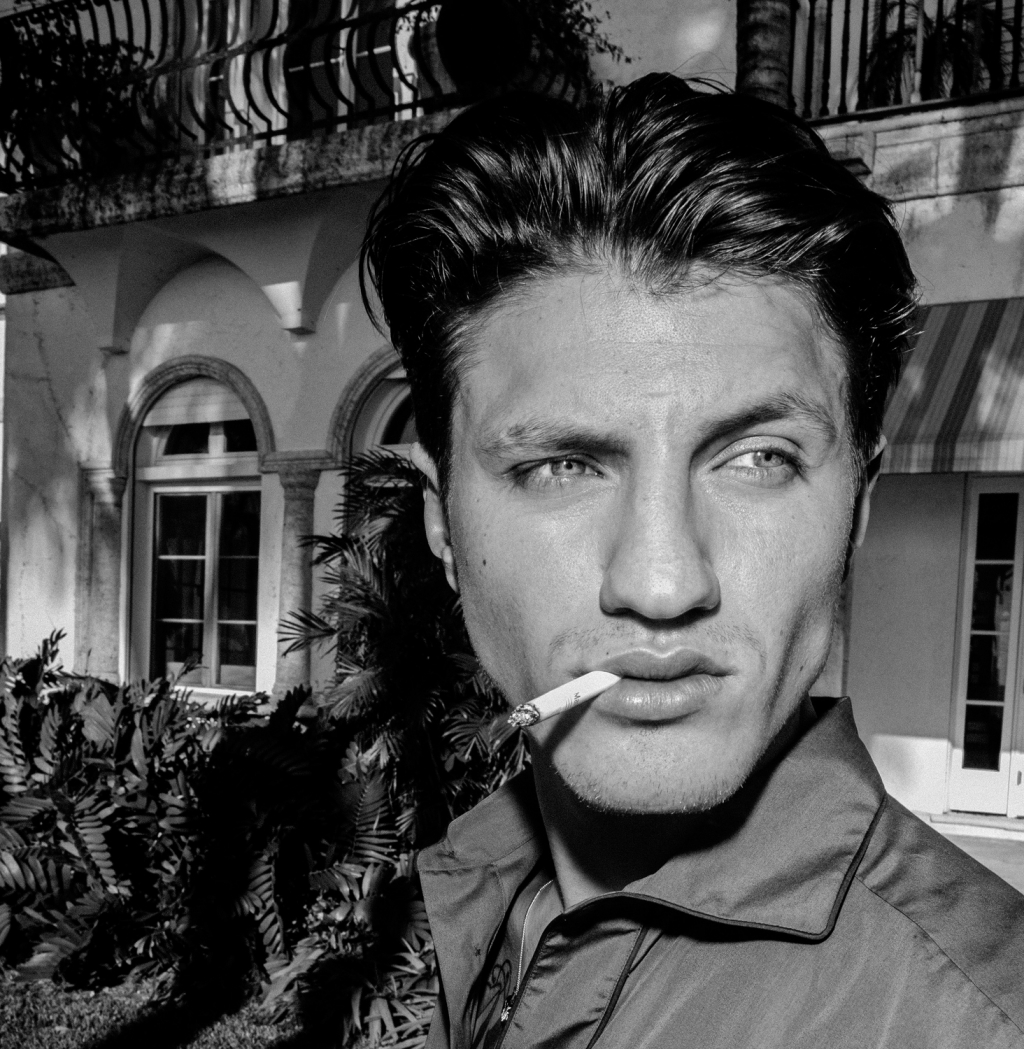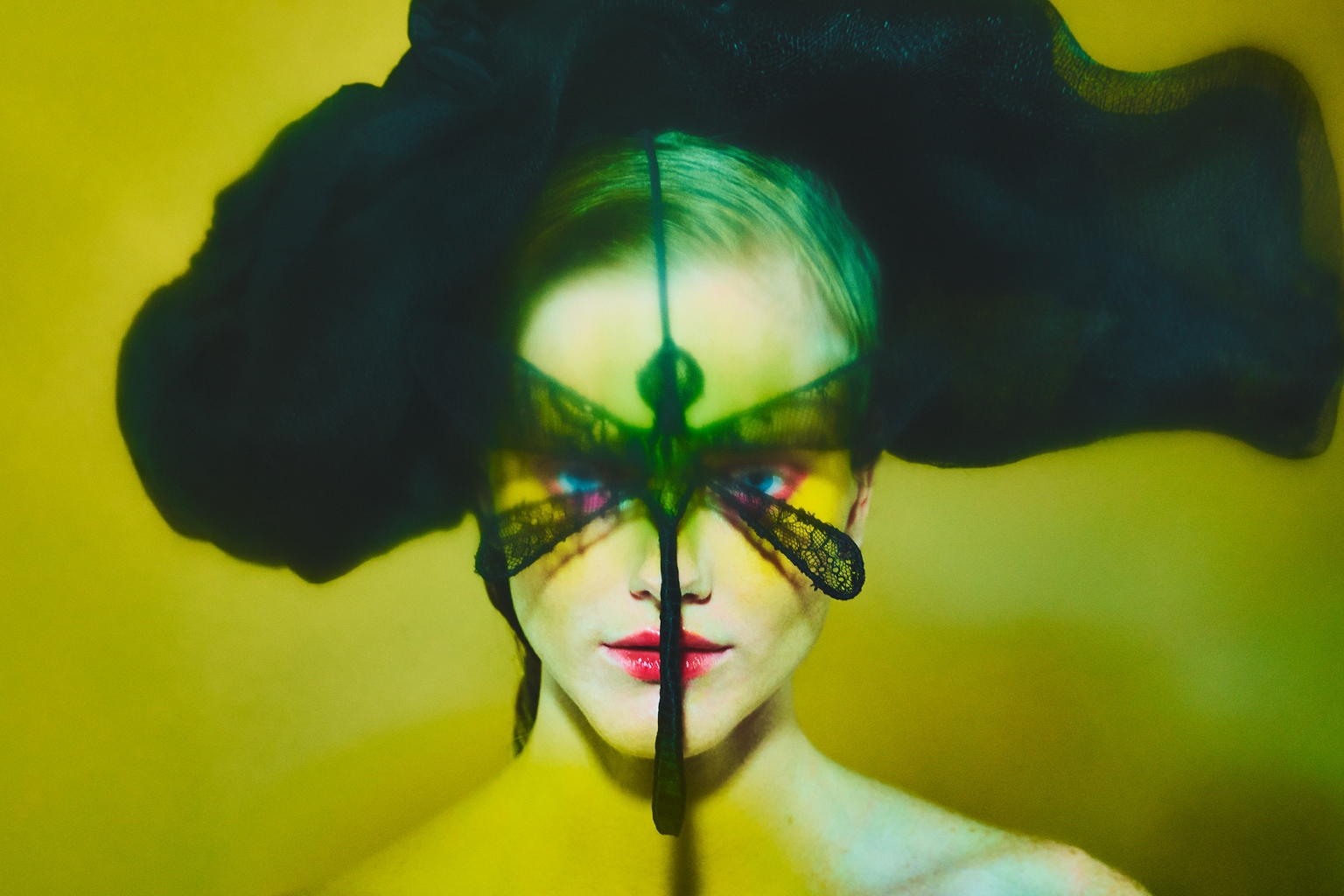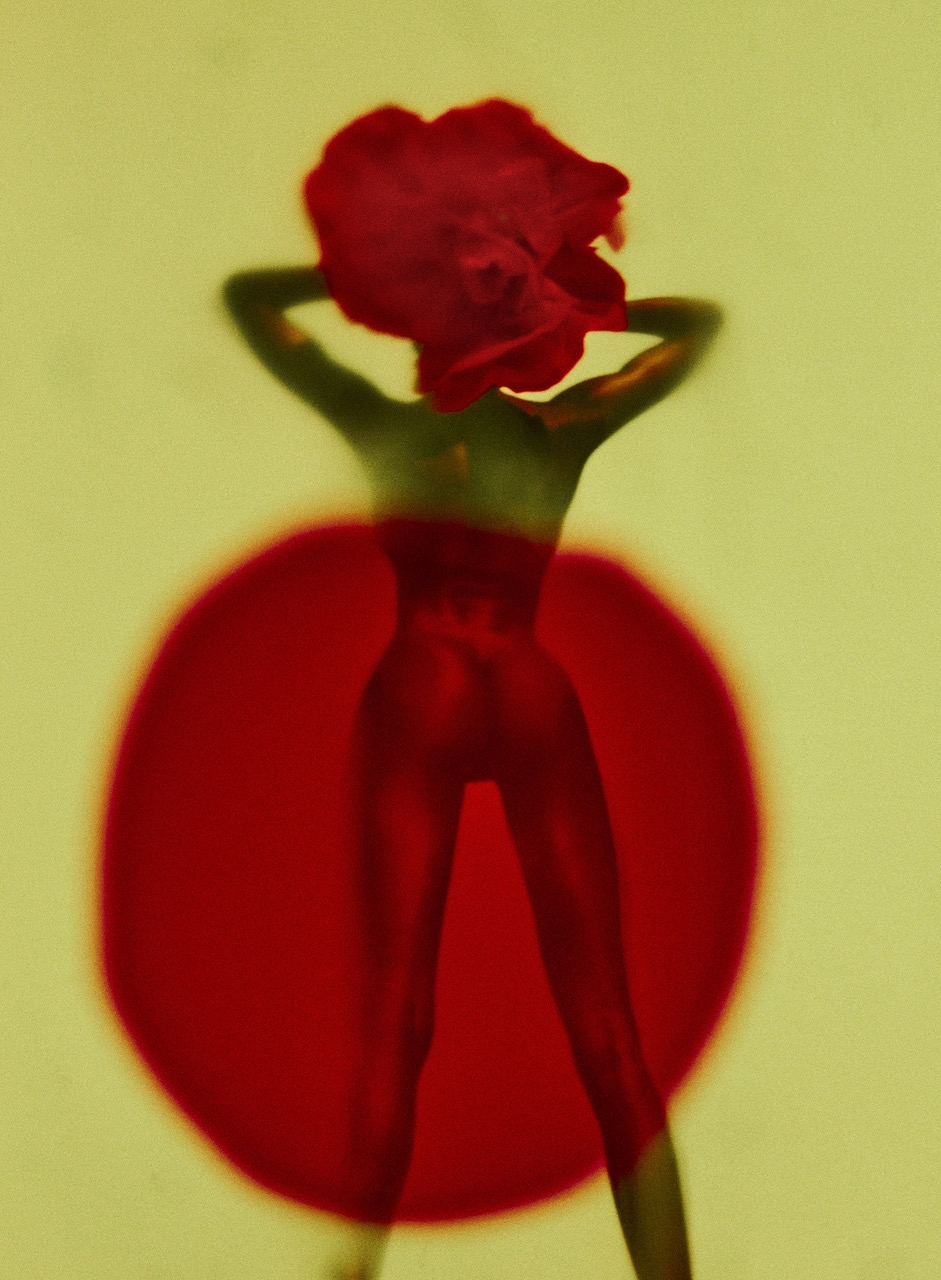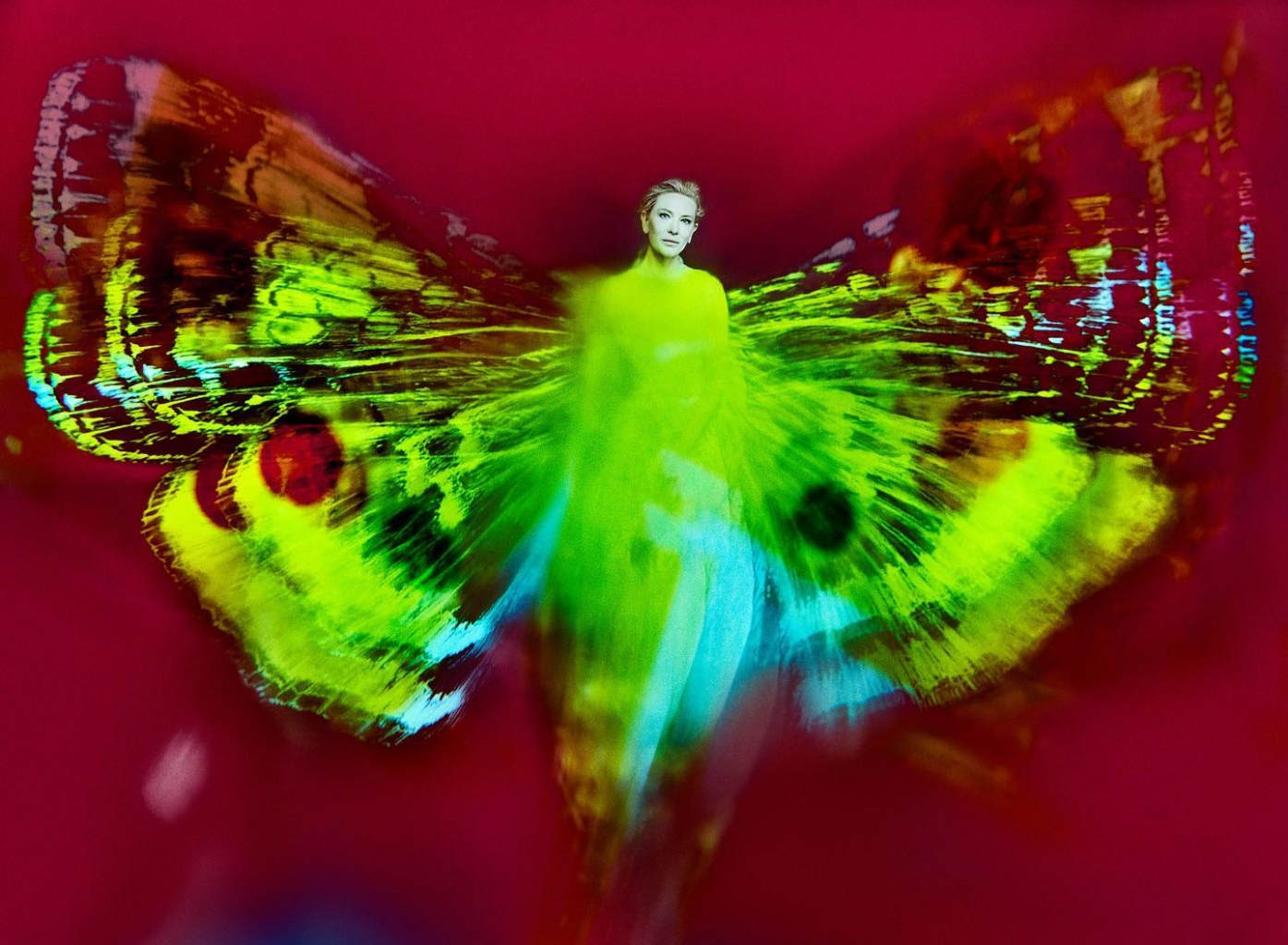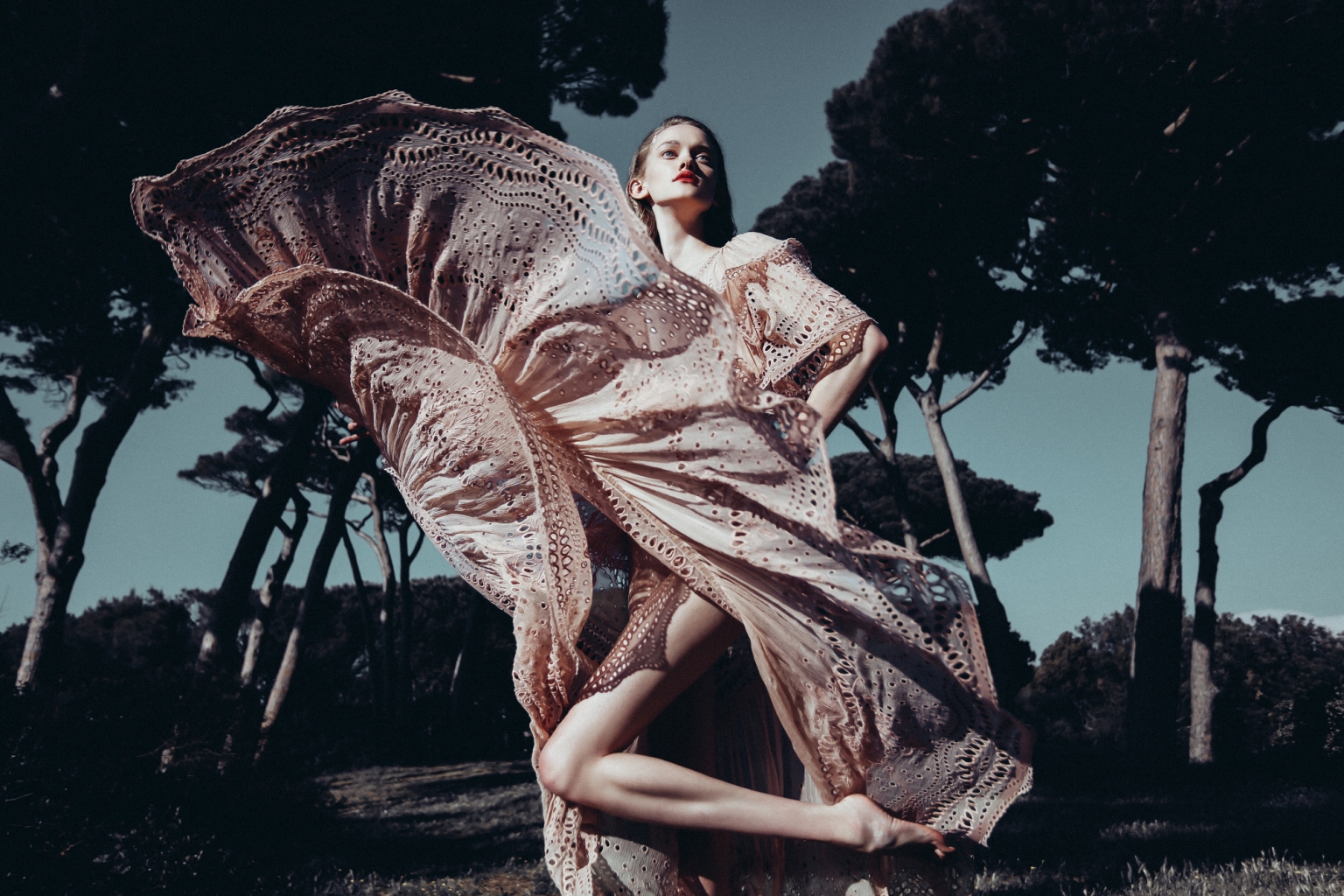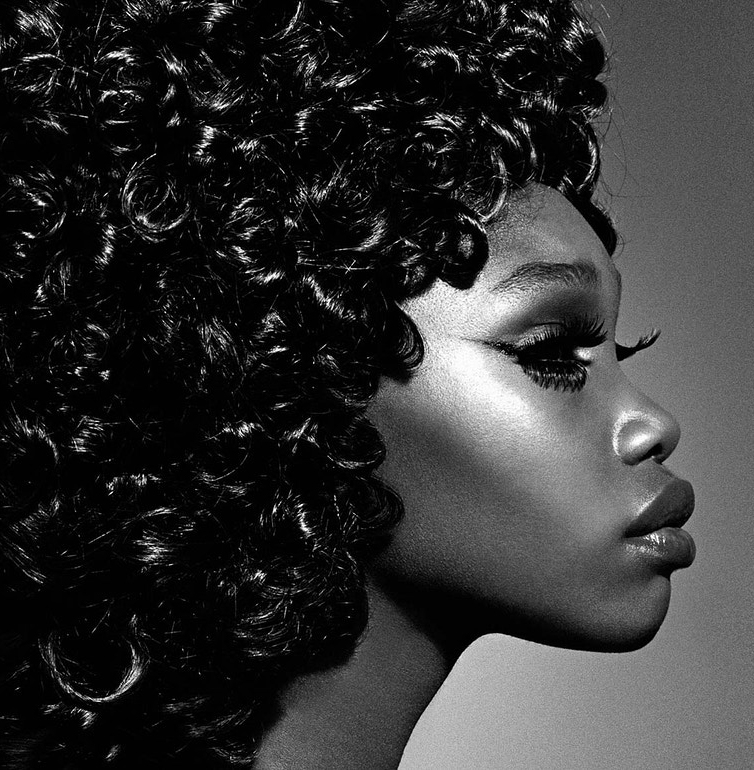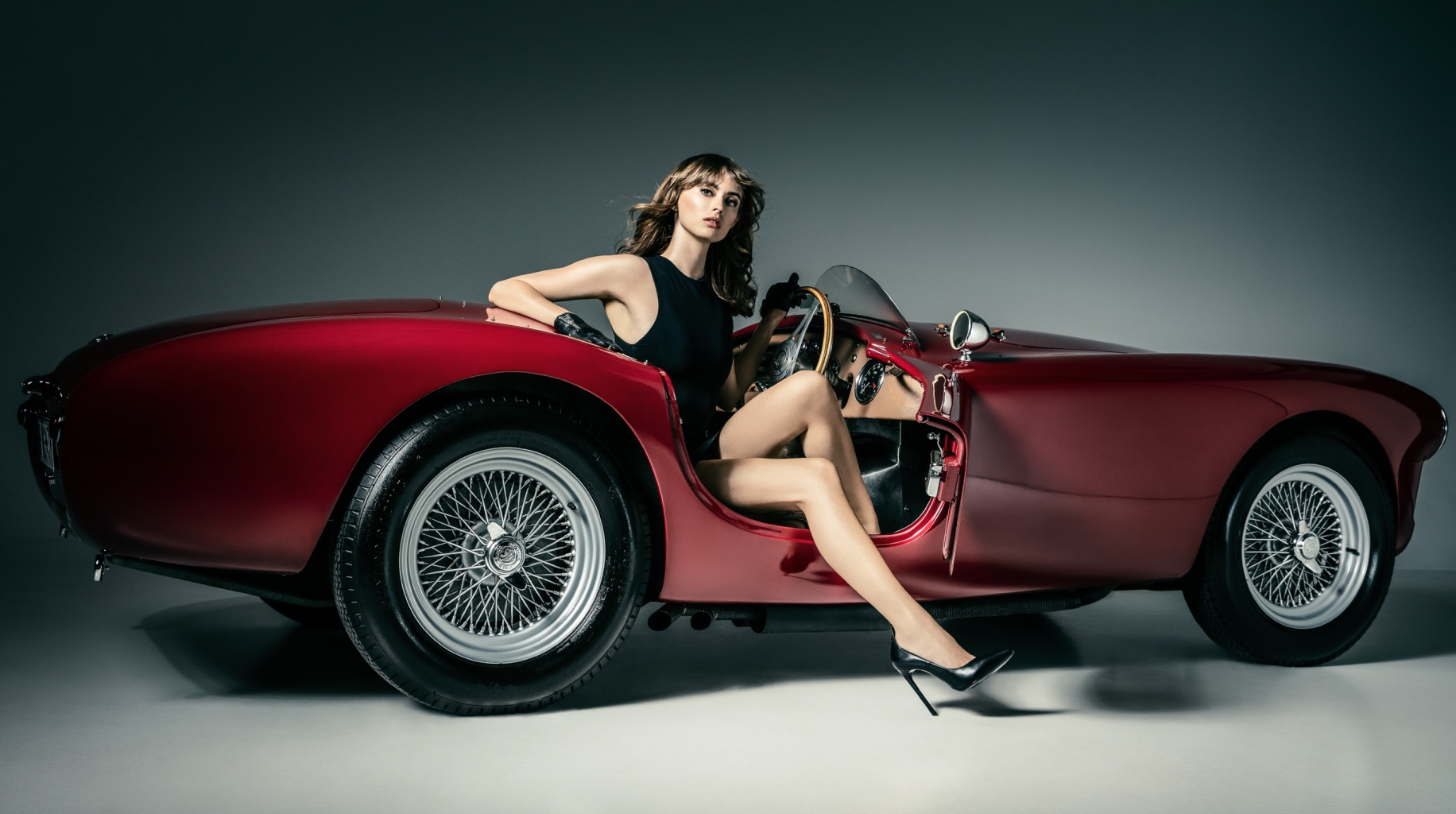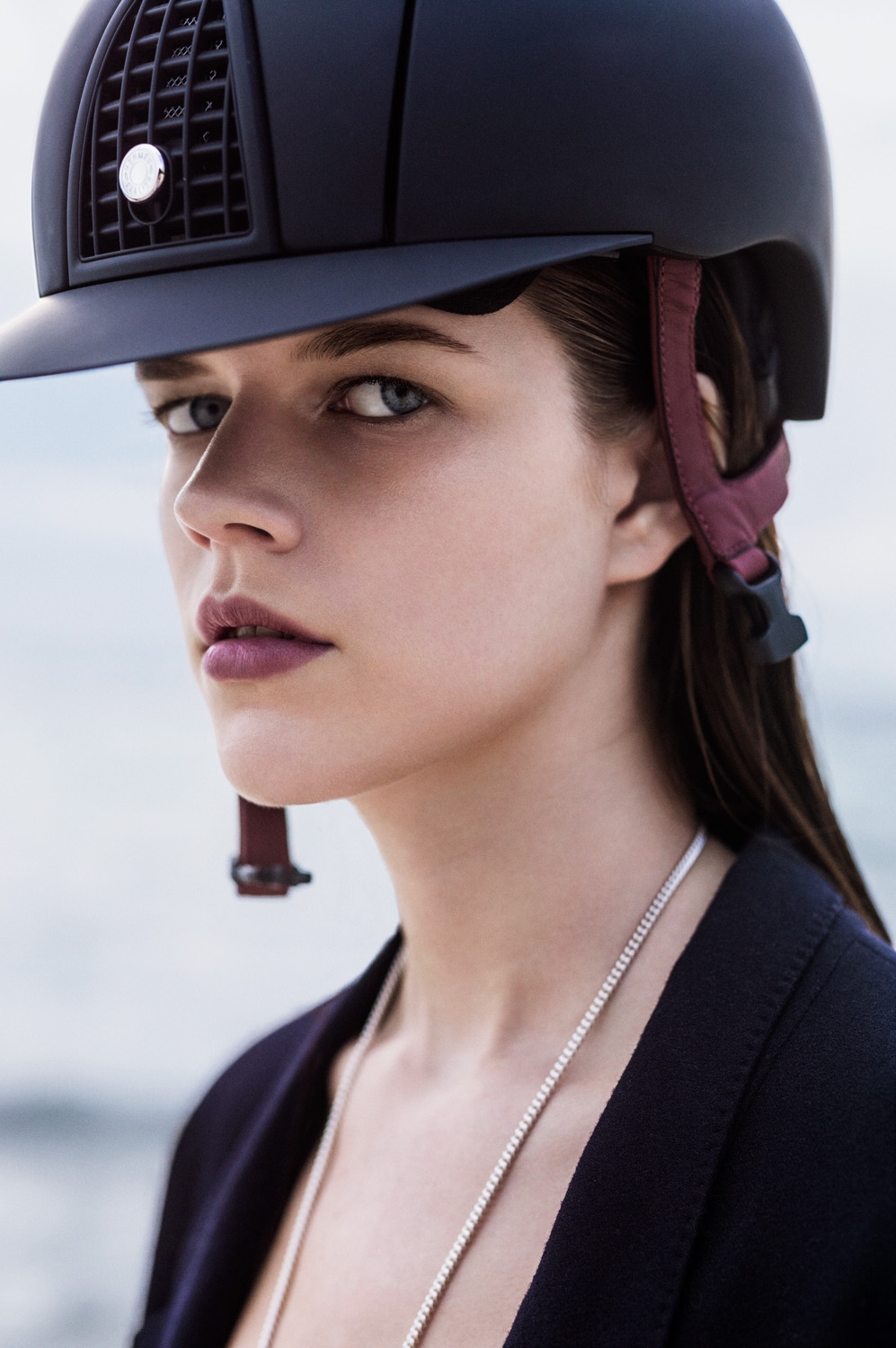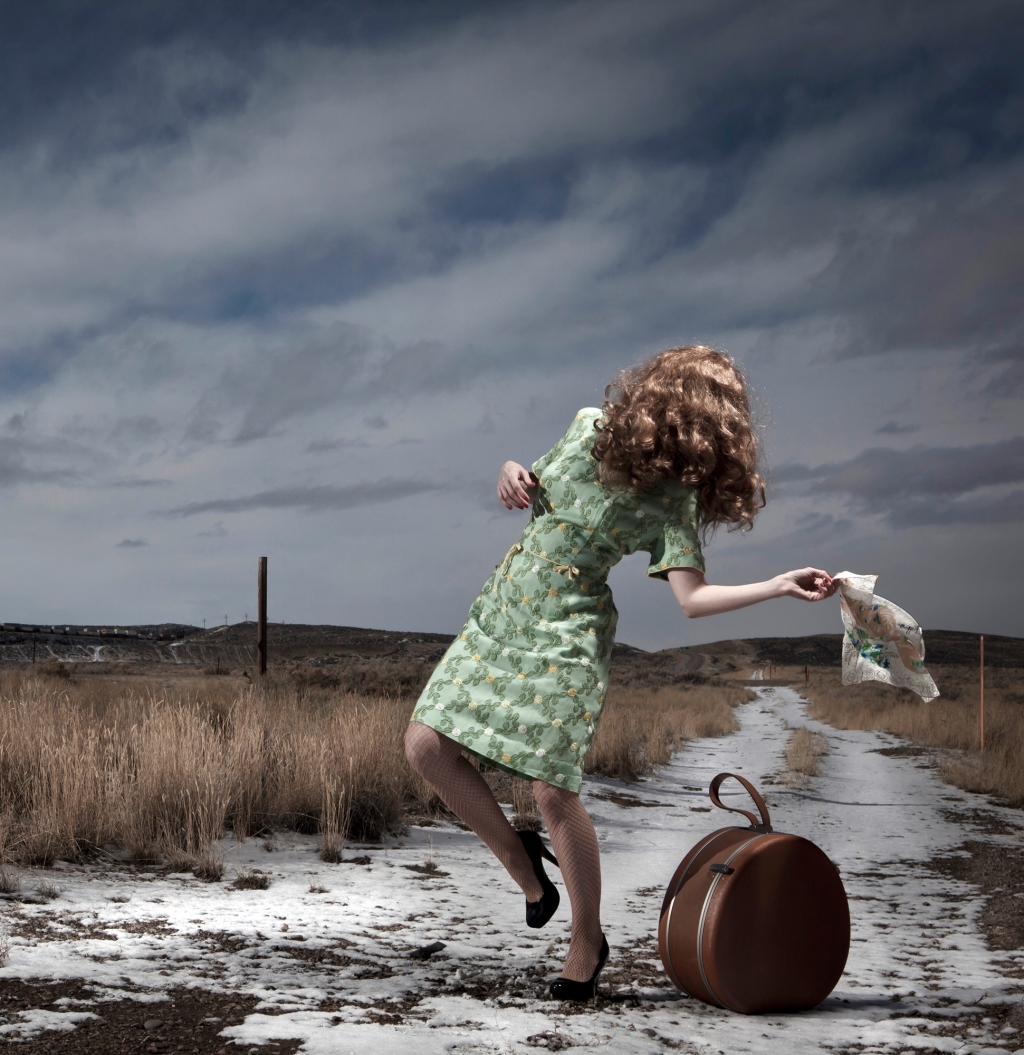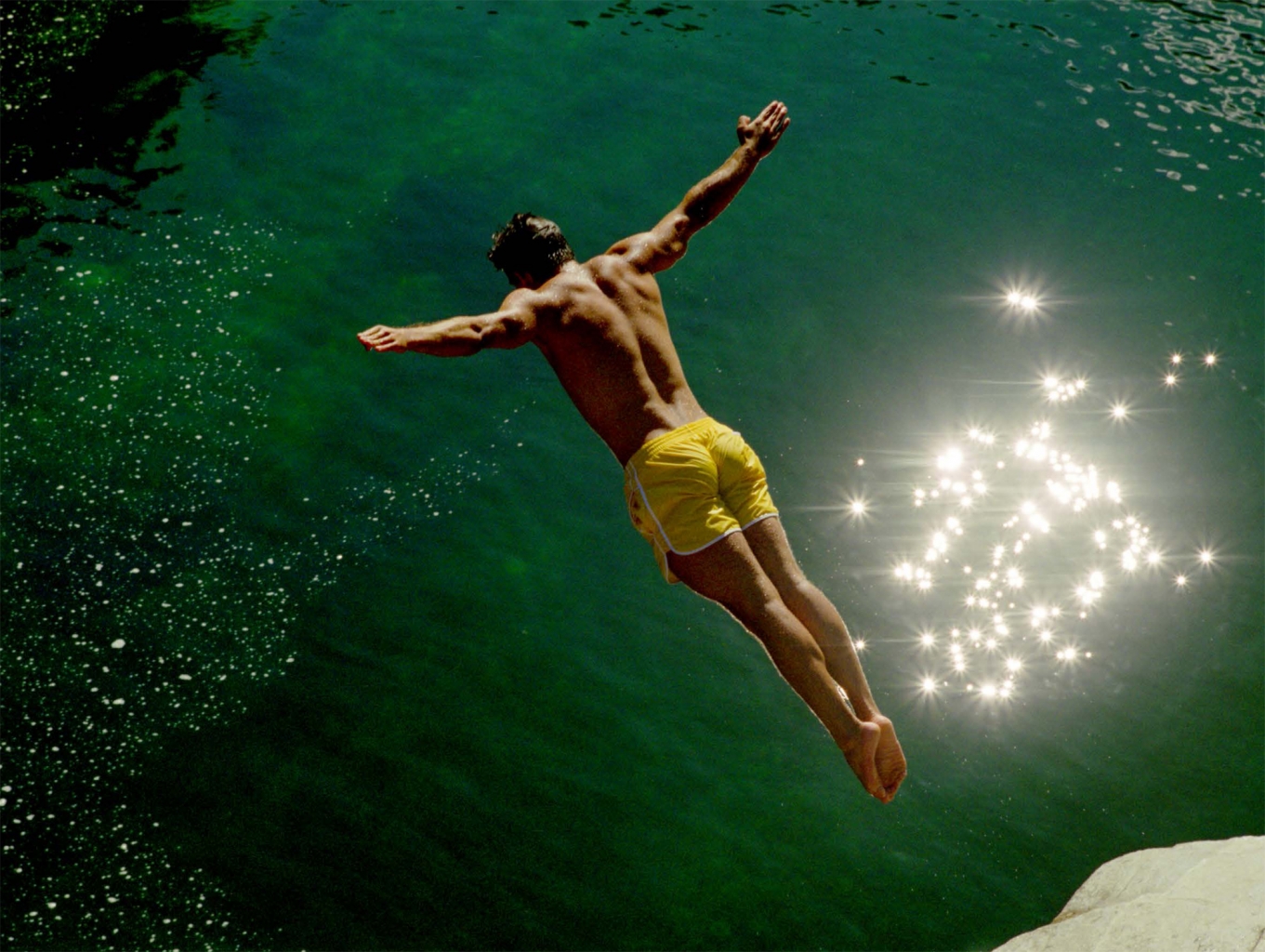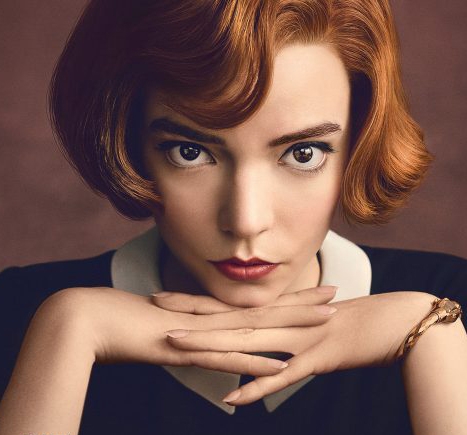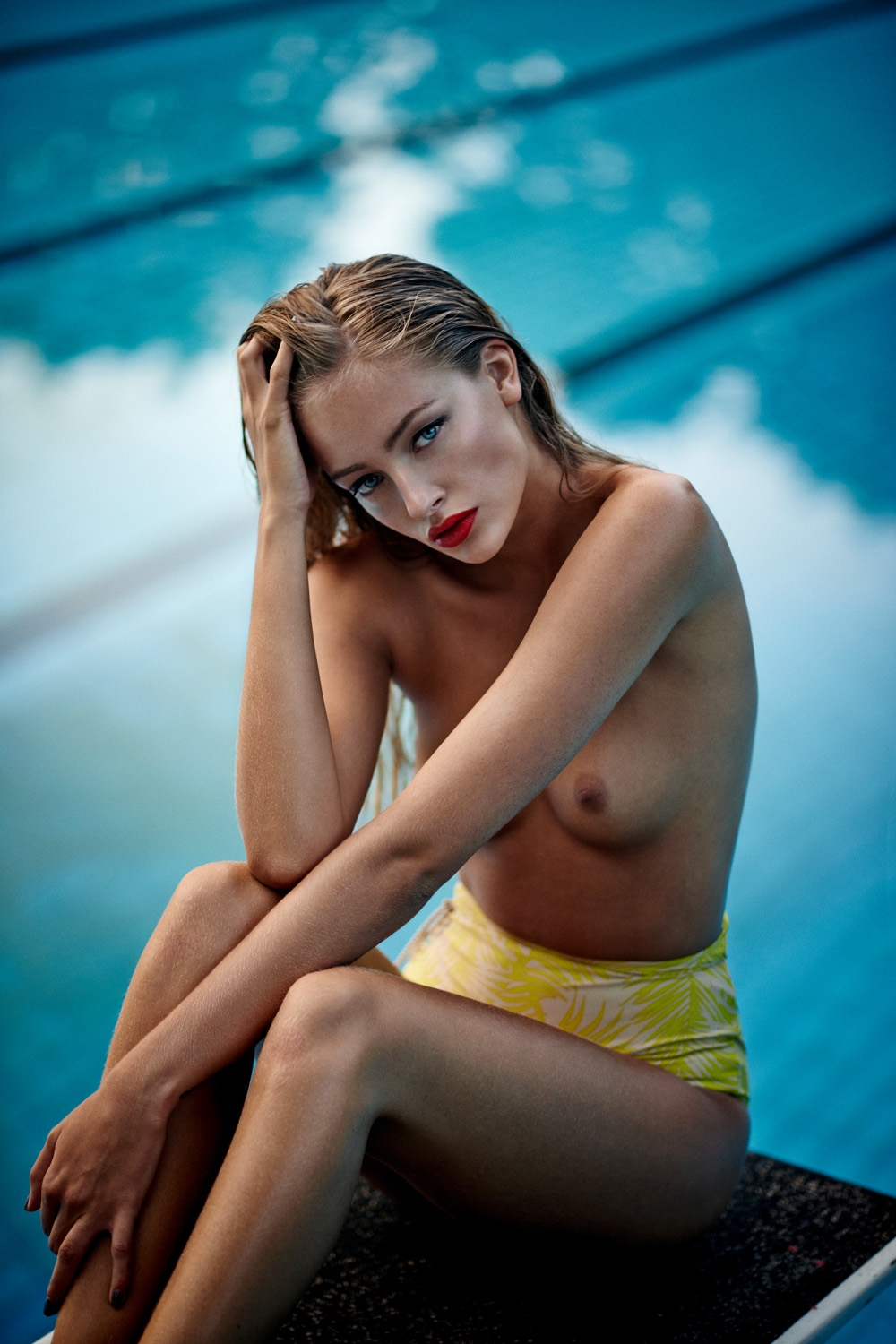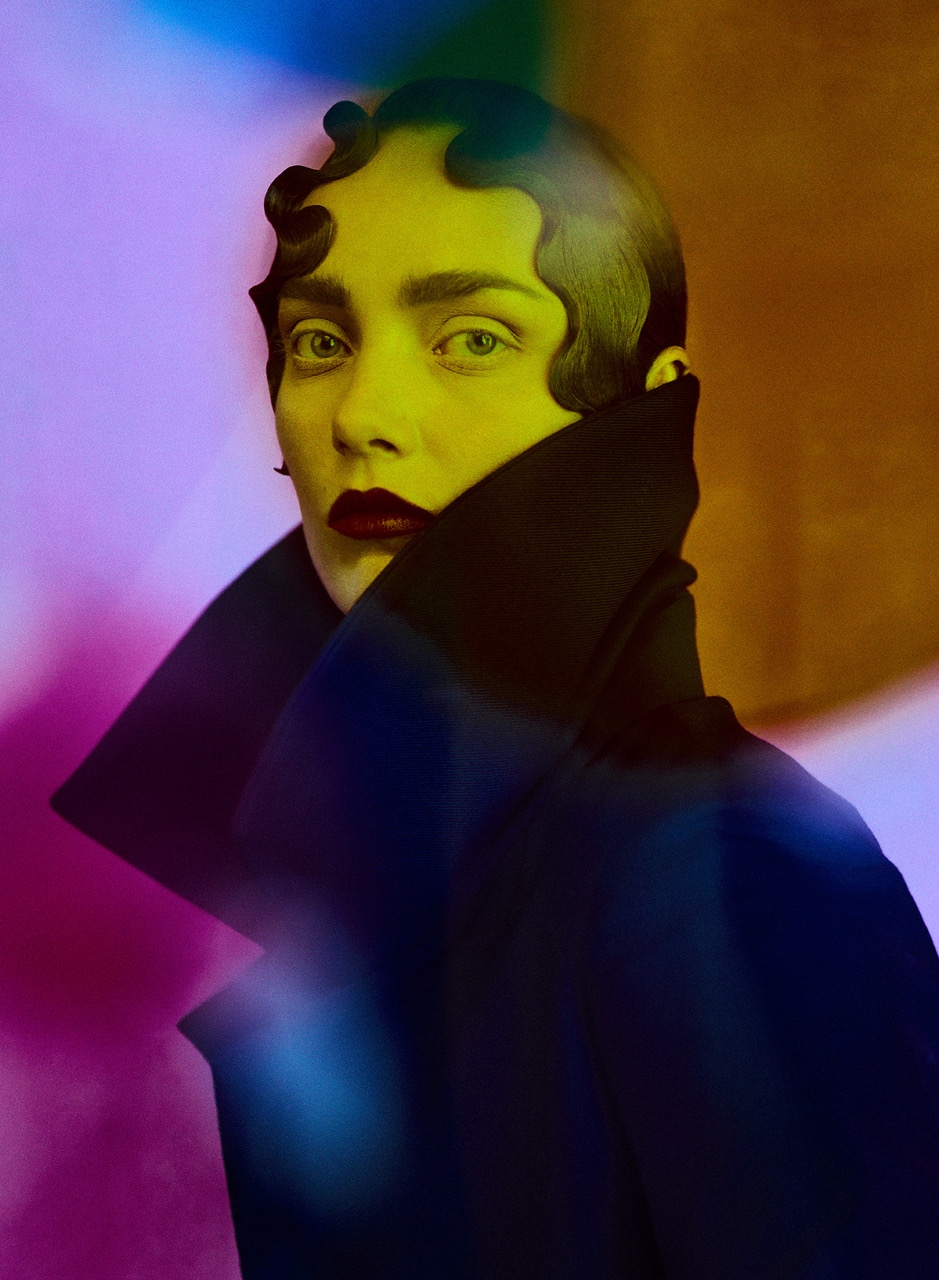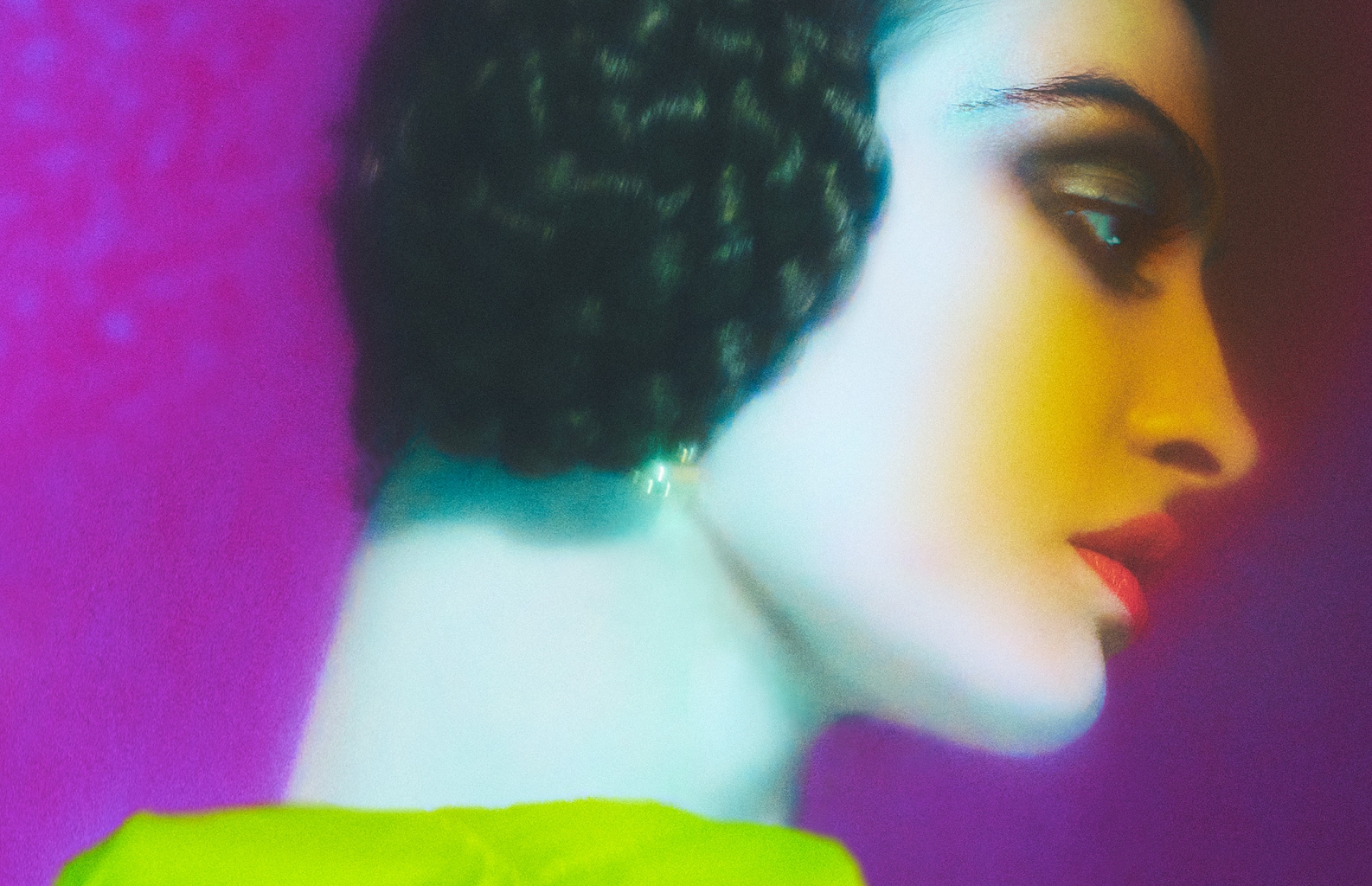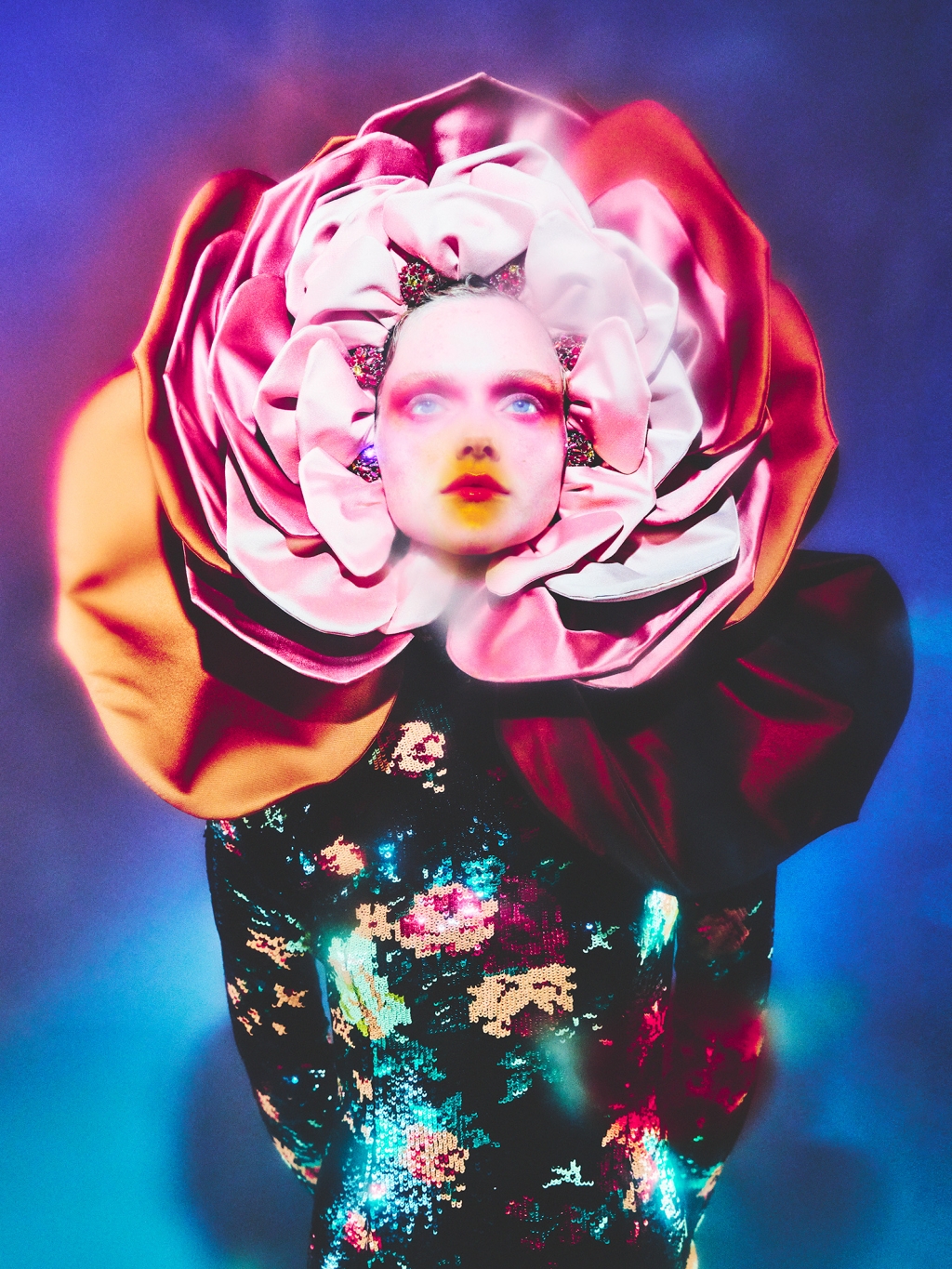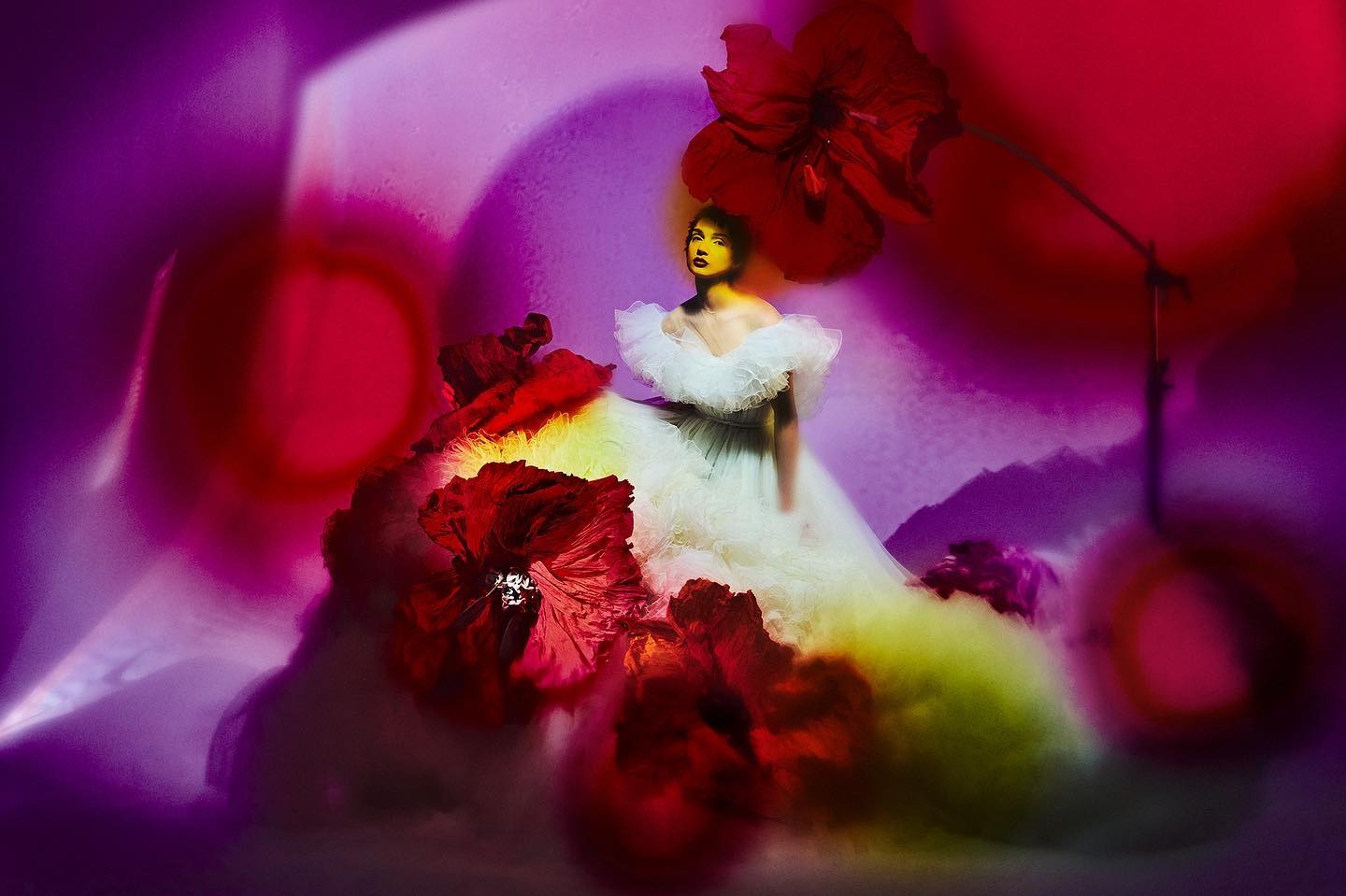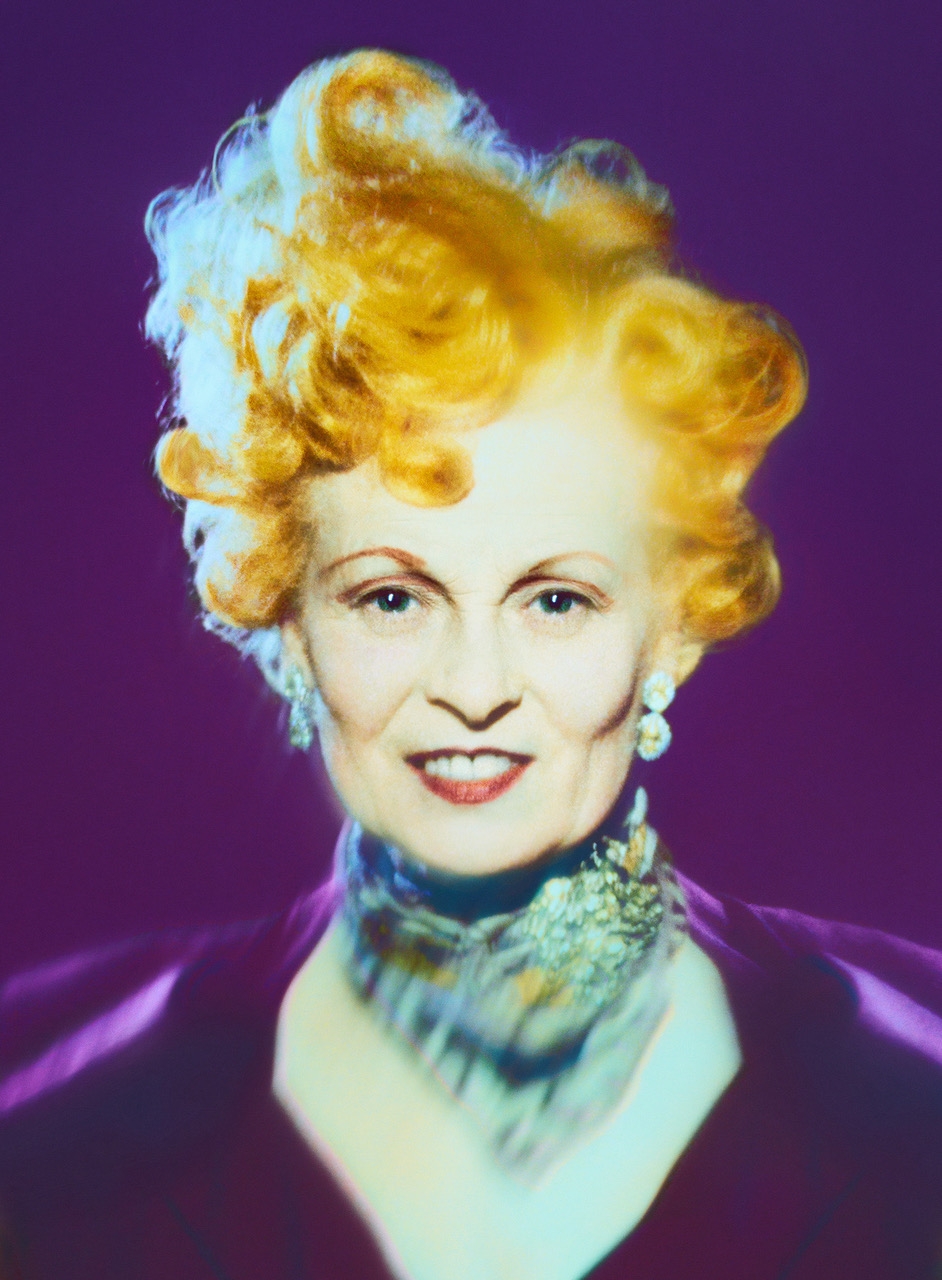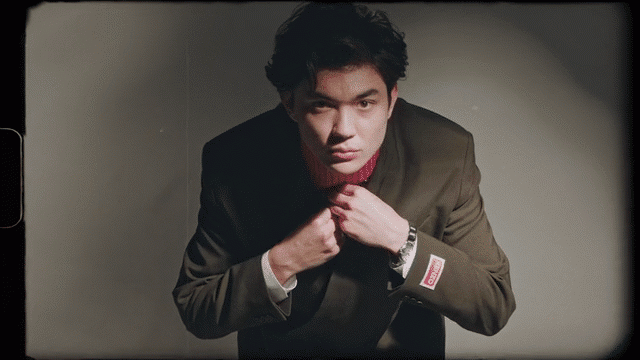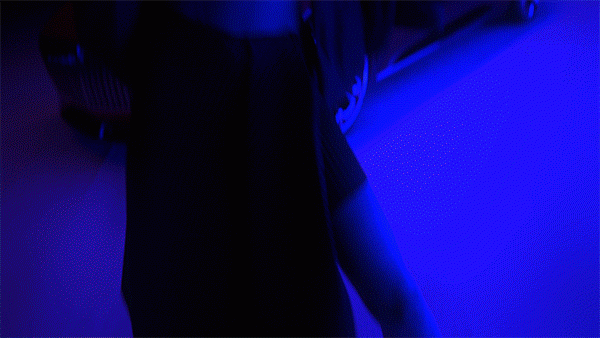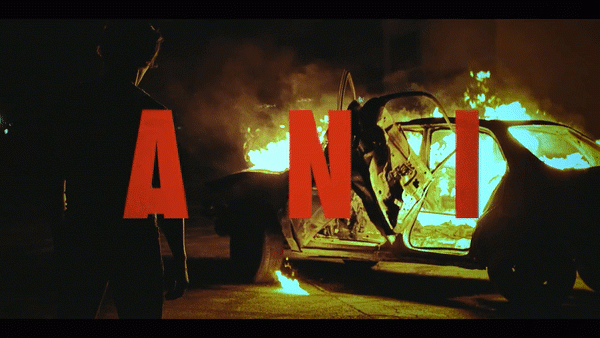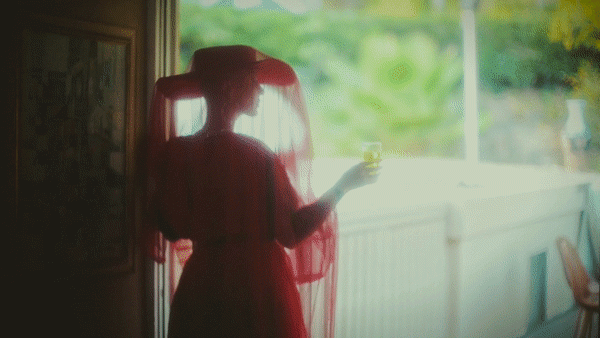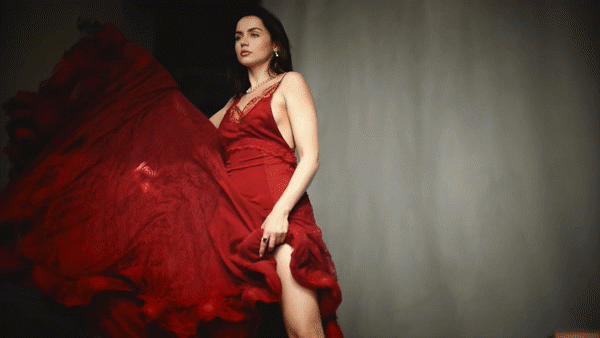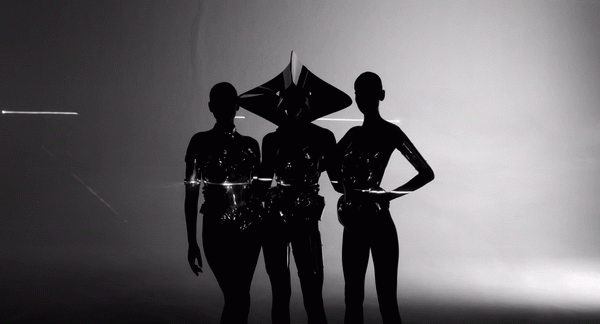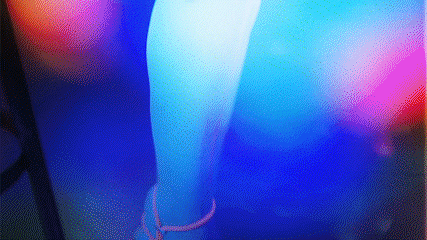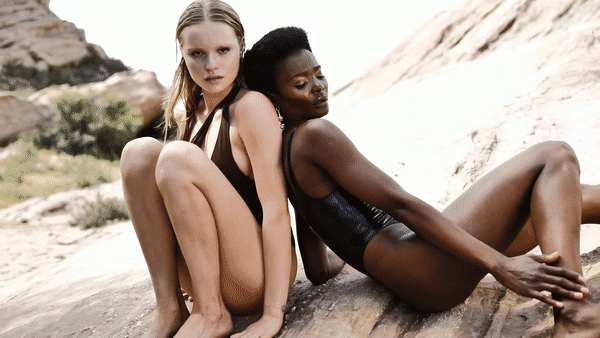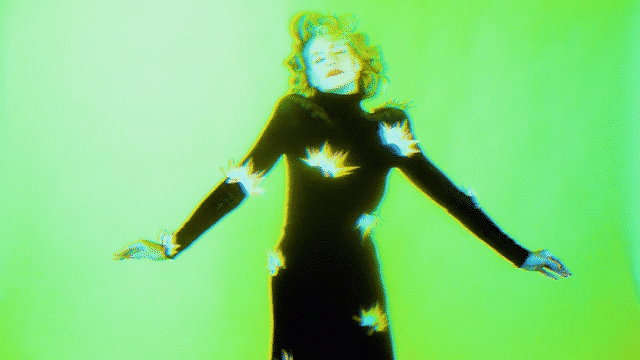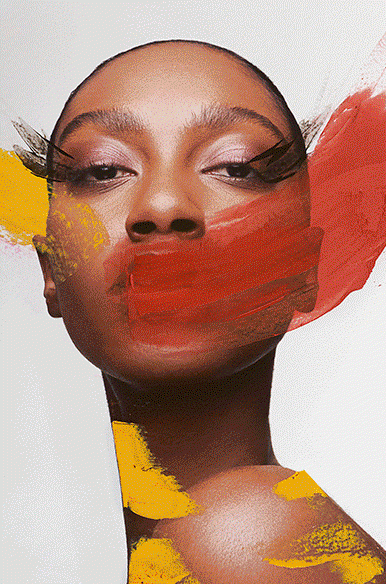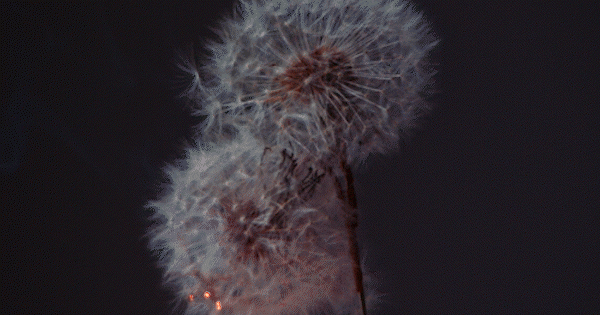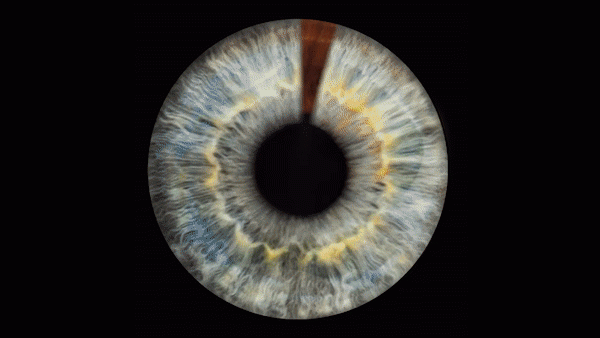A JOURNEY INTO ANOTHER VISUAL WORLD
Interview with Kristian Schuller
Kristian Schuller is considered one of the protagonists of large-scale photographic scenography, a form of photography that he says would not be possible or conceivable without his wife Peggy, who he describes as his personal art director. More recently, however, the duo's focus has shifted. Away from the real, sharp, perfect photo and towards visual worlds that are more reminiscent of painting.
Can you describe the world of photography that you both come from and what prompted you to take a different path?
As students of Vivian Westwood, Peggy and I actually come from a fashion background. However, I also studied photography with F.C. Gundlach and had completely different influences here. Our focus was always on opulent staging and less on intensive portraits. Then you start to realise that something is missing - the depth, the expression - the tension in the small details. You change your approach, become more curious and start searching.
What do you think has changed?
I think the real trigger for me was the inflation of sharp images with faces made in the same way. The oversupply created by the digitalisation of photography in combination with social media. These huge amounts of images that were increasingly bombarding me. We are part of this flood and so we wanted to develop further in our creative work. Of course, after the fifth parachute or the seventh elephant, you can always try to become even more opulent. Sometimes it's good to pause and ask yourself, what do I want now? What were my ideas and fantasies when I started?
Take, for example, Blumenfeld's love of expirement. Sarah Moon, who knew how to create poetry in a marvellous way with the Polaroid medium. Or Lillian Bassman, who at the age of 90 reinterpreted her pictures from the 50s and 60s and made them look like paintings.
Peggy and I worked experimentally right from the start. But I also have to be self-critical: there was a lack of consistency - we jumped back and forth too much between the stems.
What are the foundations of your photography?
For me and for us, it's always about the person. It is an exciting task to work out the complexity of a personality. As in painting, several levels can help here. Be free, open and curious and utilise all your possibilities - in the truest sense of the word.
I love to see what I get. I don't want to wait for big Photoshop arias. We use continuous light, so we can set up still and film identically. All the effects are created "analogue". This is a very practical approach - I love the digital workflow just as much - it makes everything easier for me. The result is what counts - getting there is a means to an end. The person in front of the camera doesn't care how we get to the portrait - but he or she is happy if it goes faster…!
So digitalization still carries weight for you?
Sure. On the one hand, you can achieve your goal much faster, and on the other, completely new worlds of color open up. How tedious it was pre digital to achieve a color result through various combinations of film and chemistry that you didn't have complete control over in the end.
And where will your journey take you?
Over time, the "Sturm und Drang" in you relaxes. You become more focussed and differentiated. You have experienced a lot and know what you don't want and can prioritise much better. The passion is unbroken. When I see how wonderfully innovative and creative my young colleagues are, I'm not worried about the medium and will do everything I can to stay involved for some time to come!
